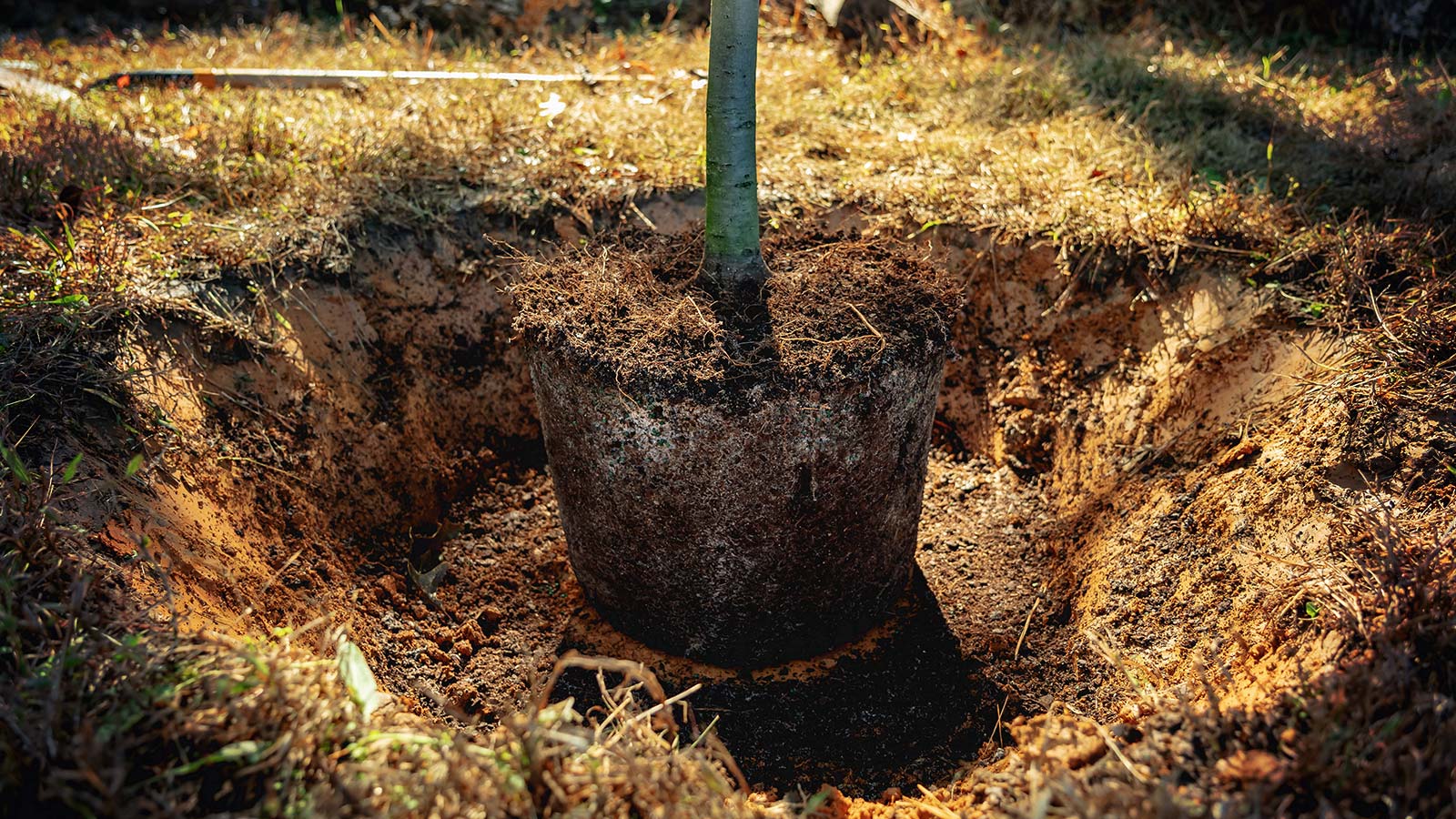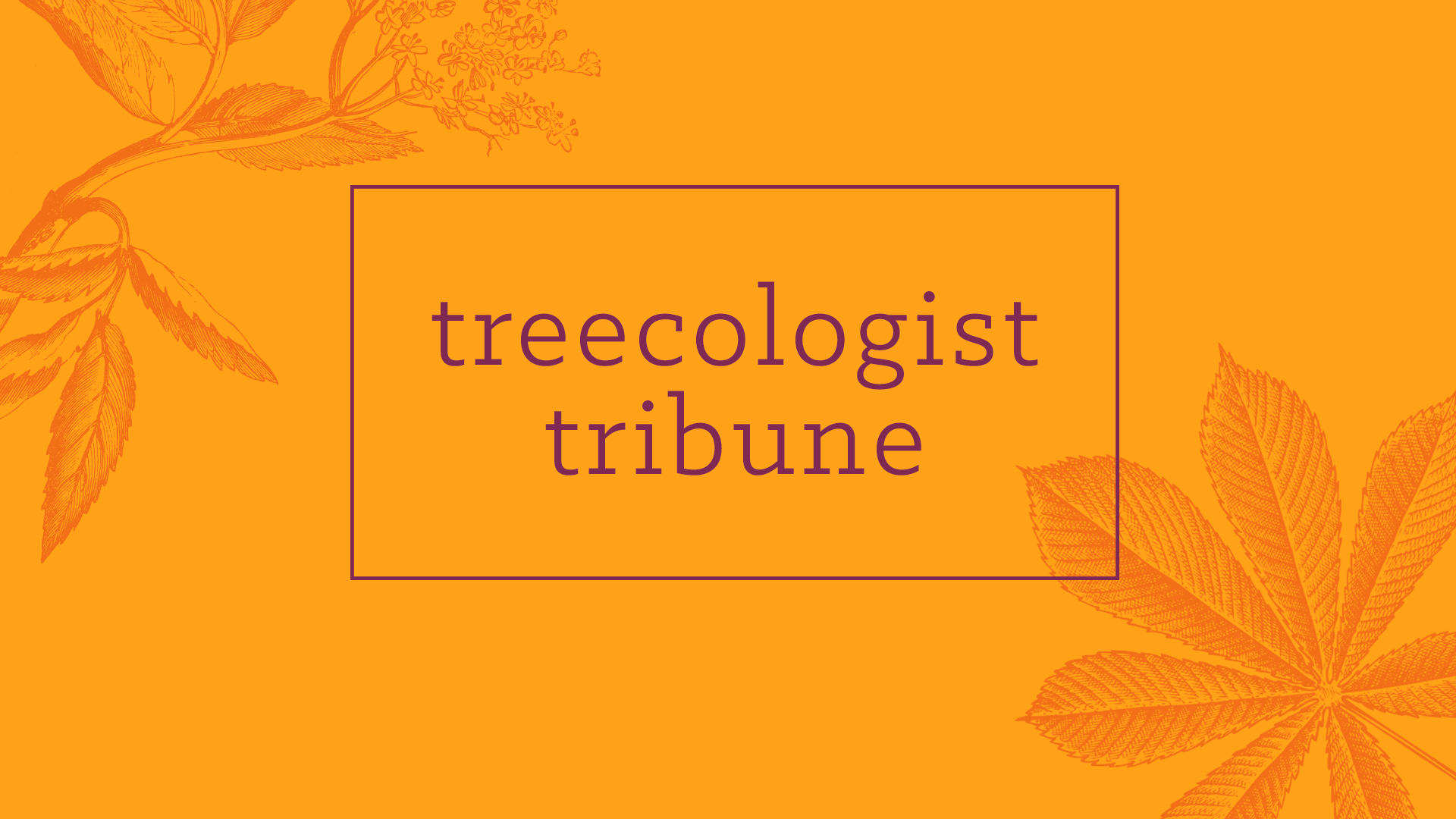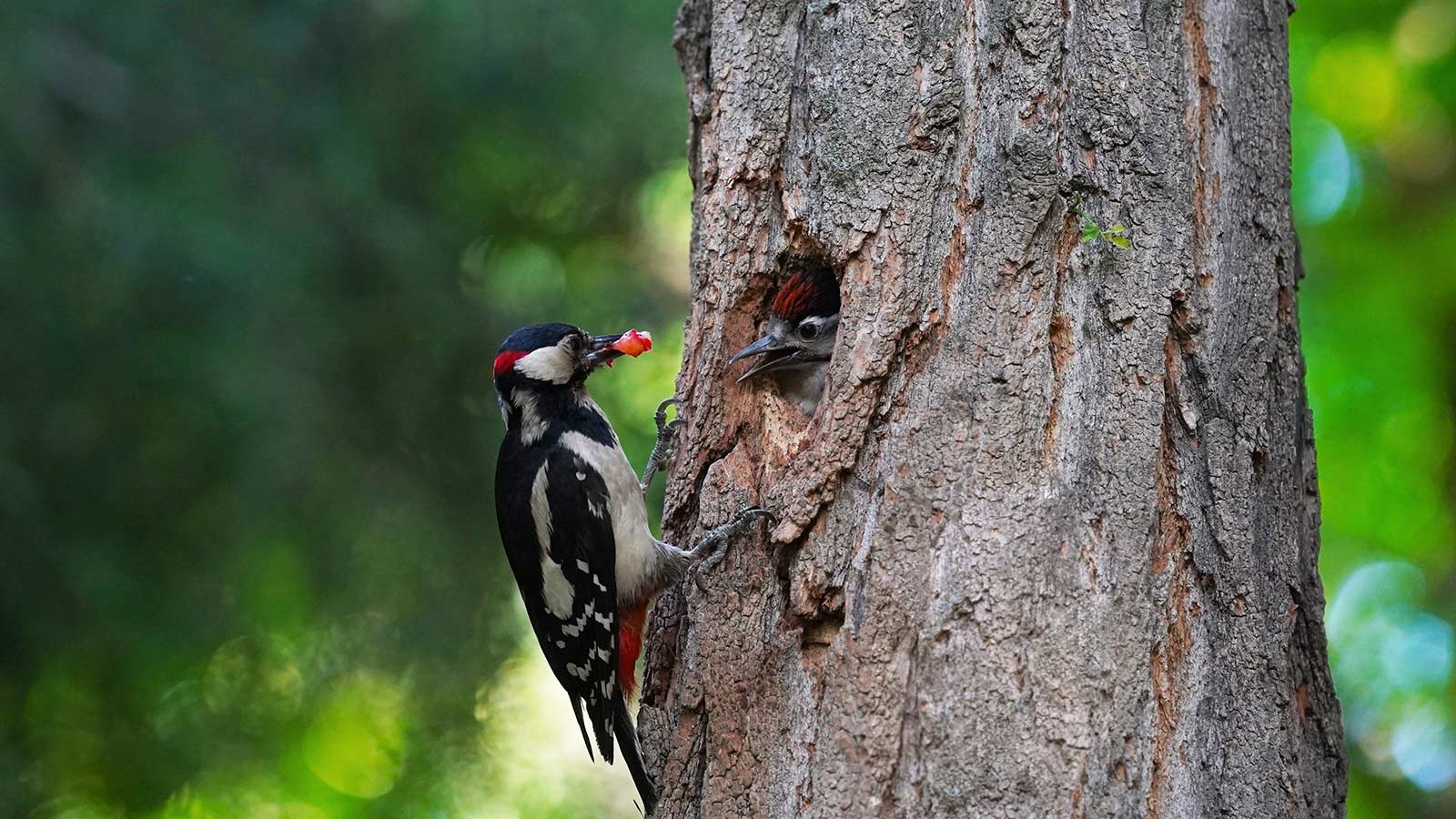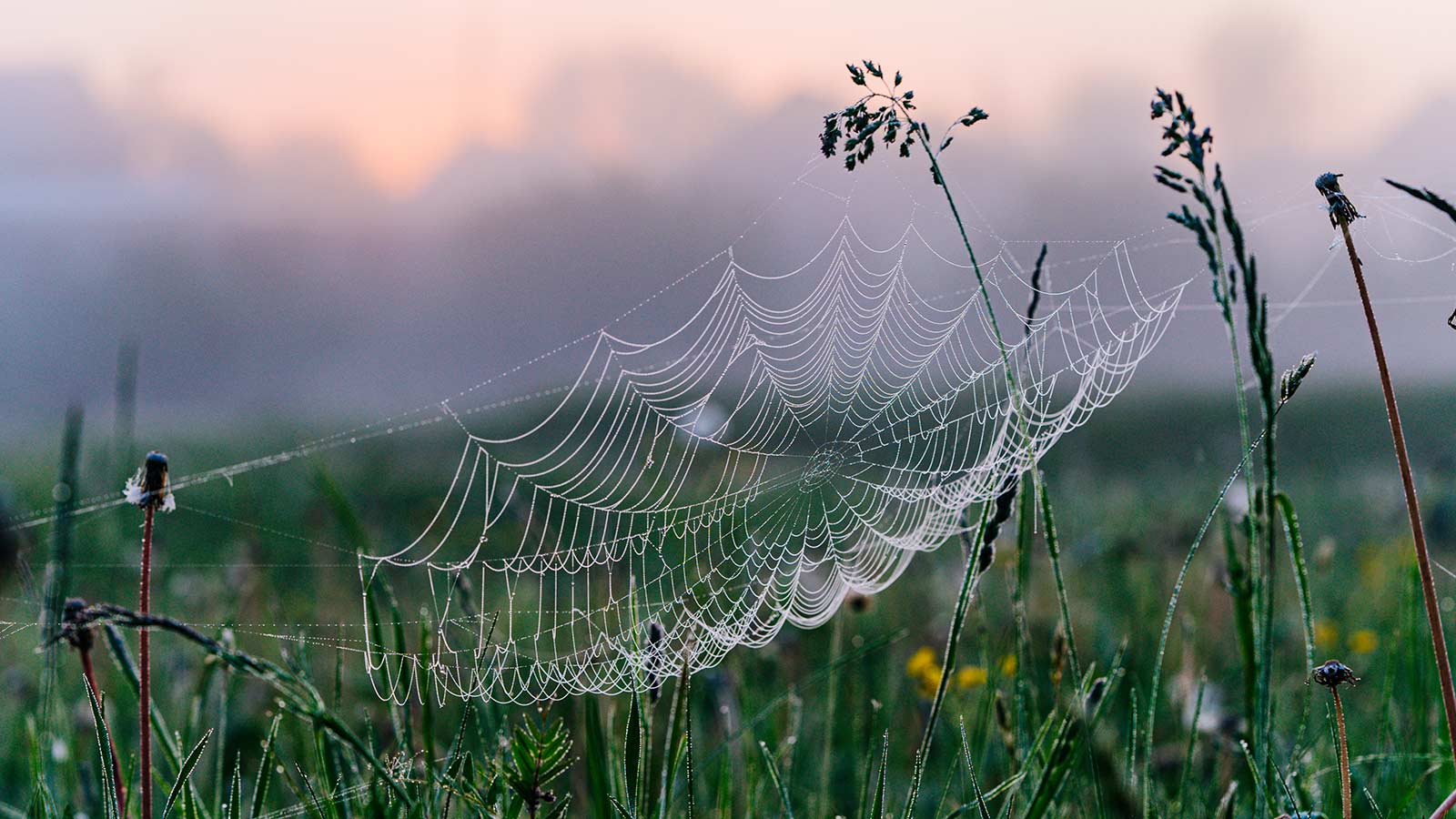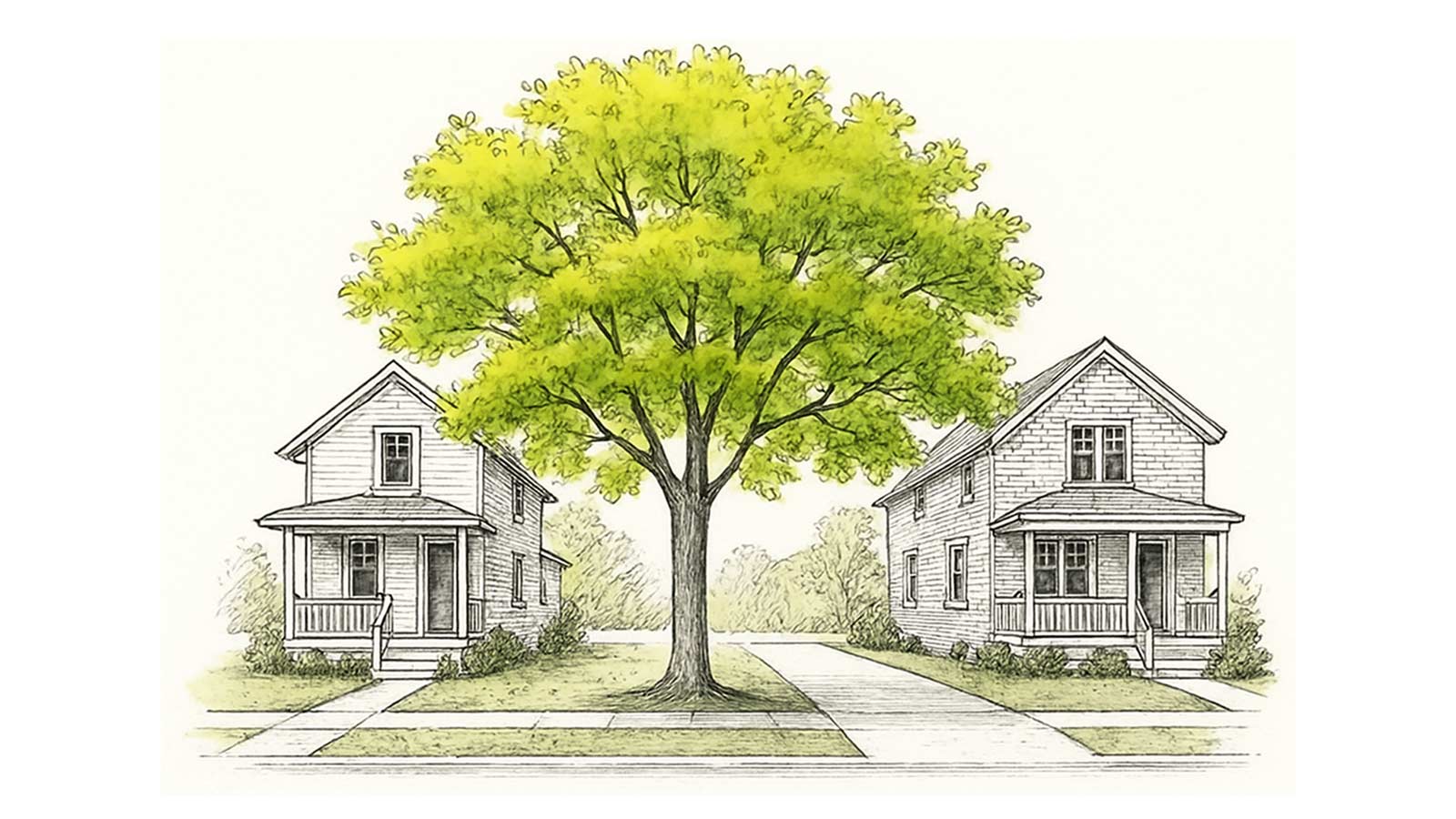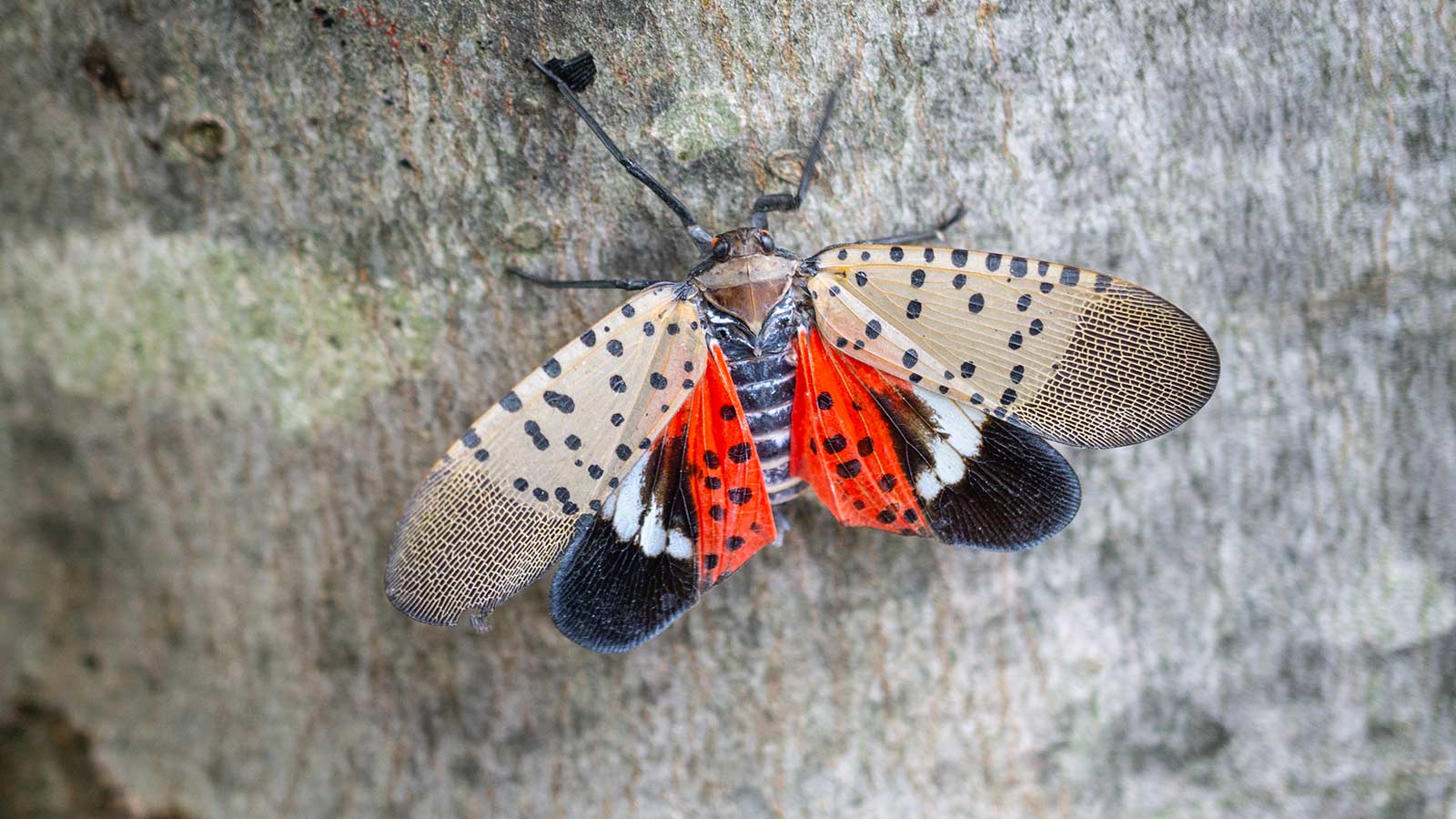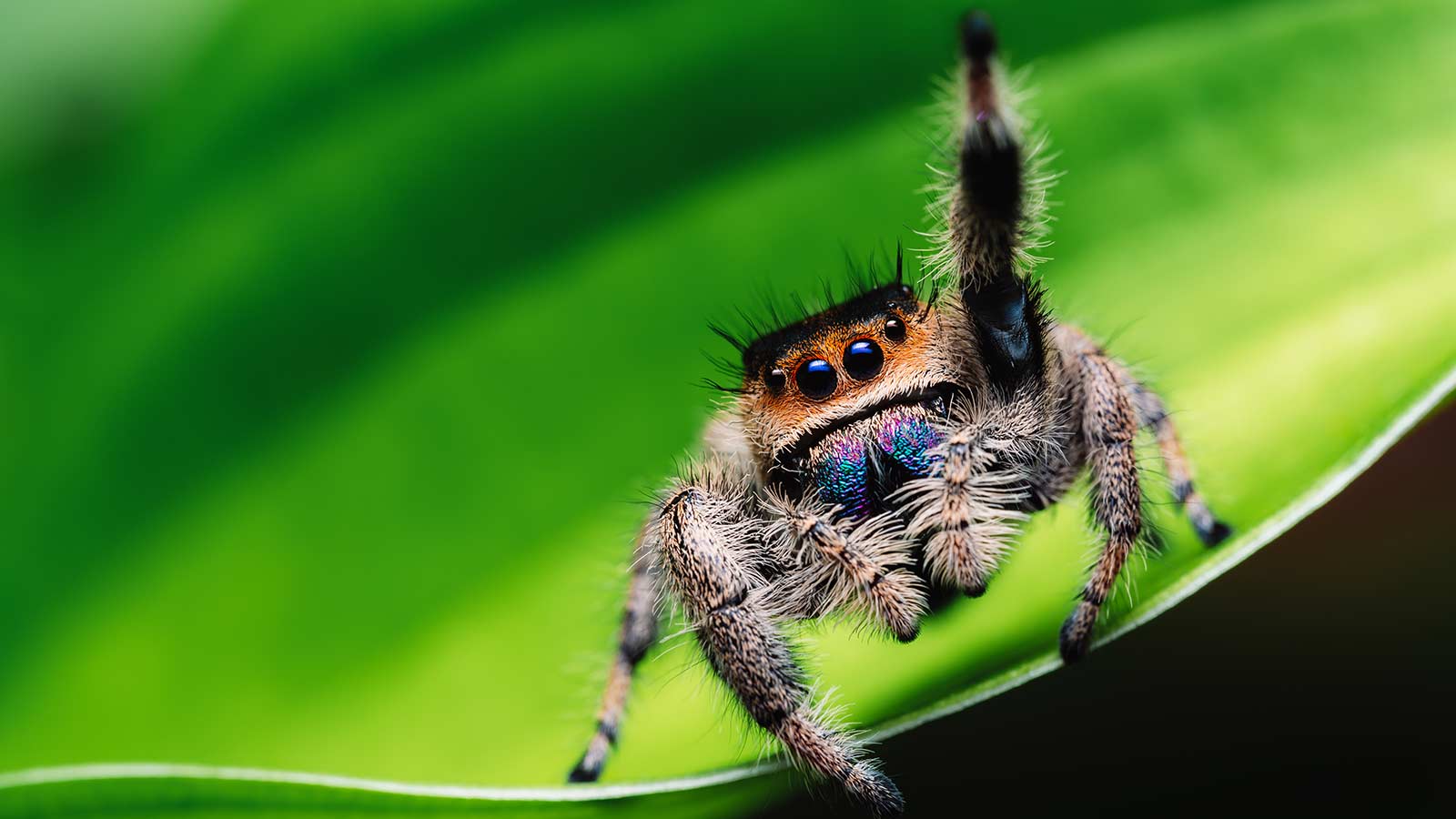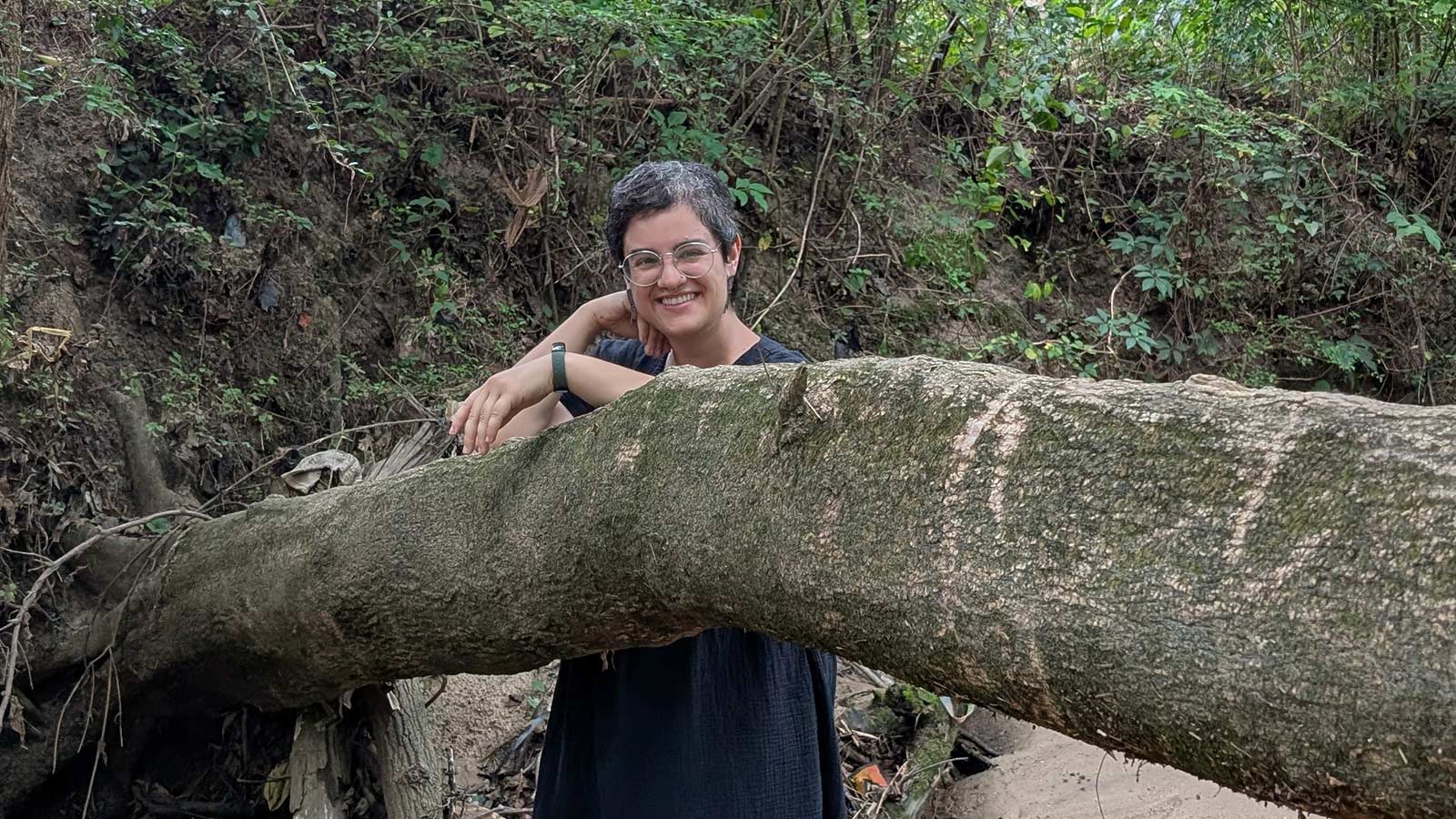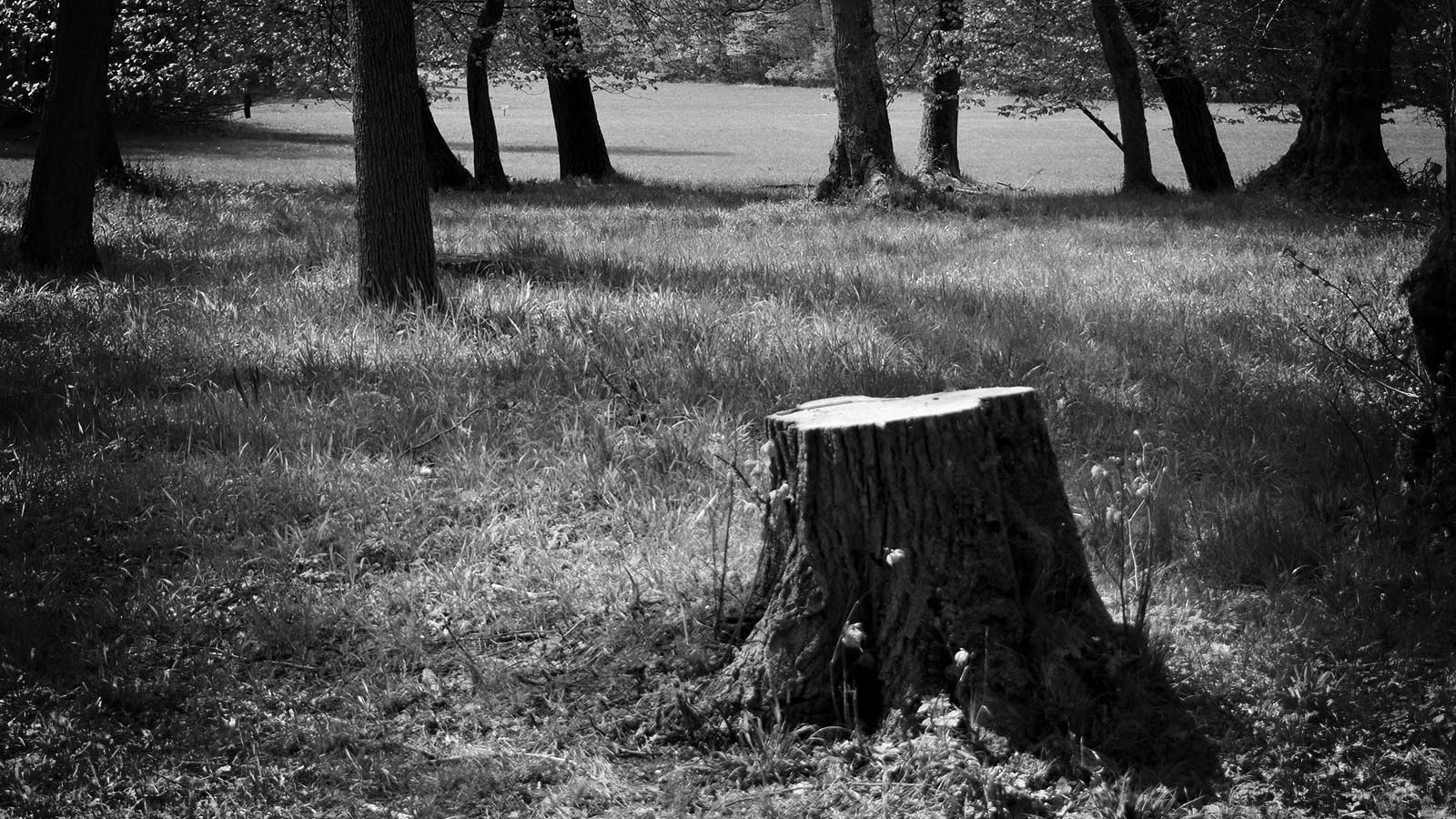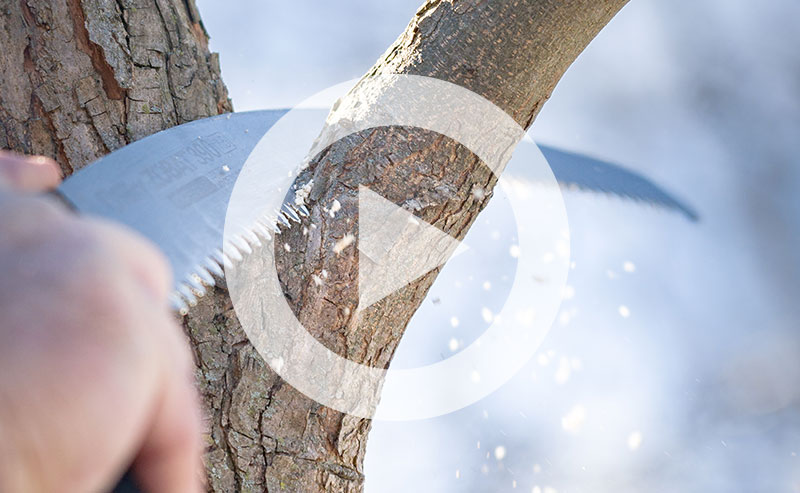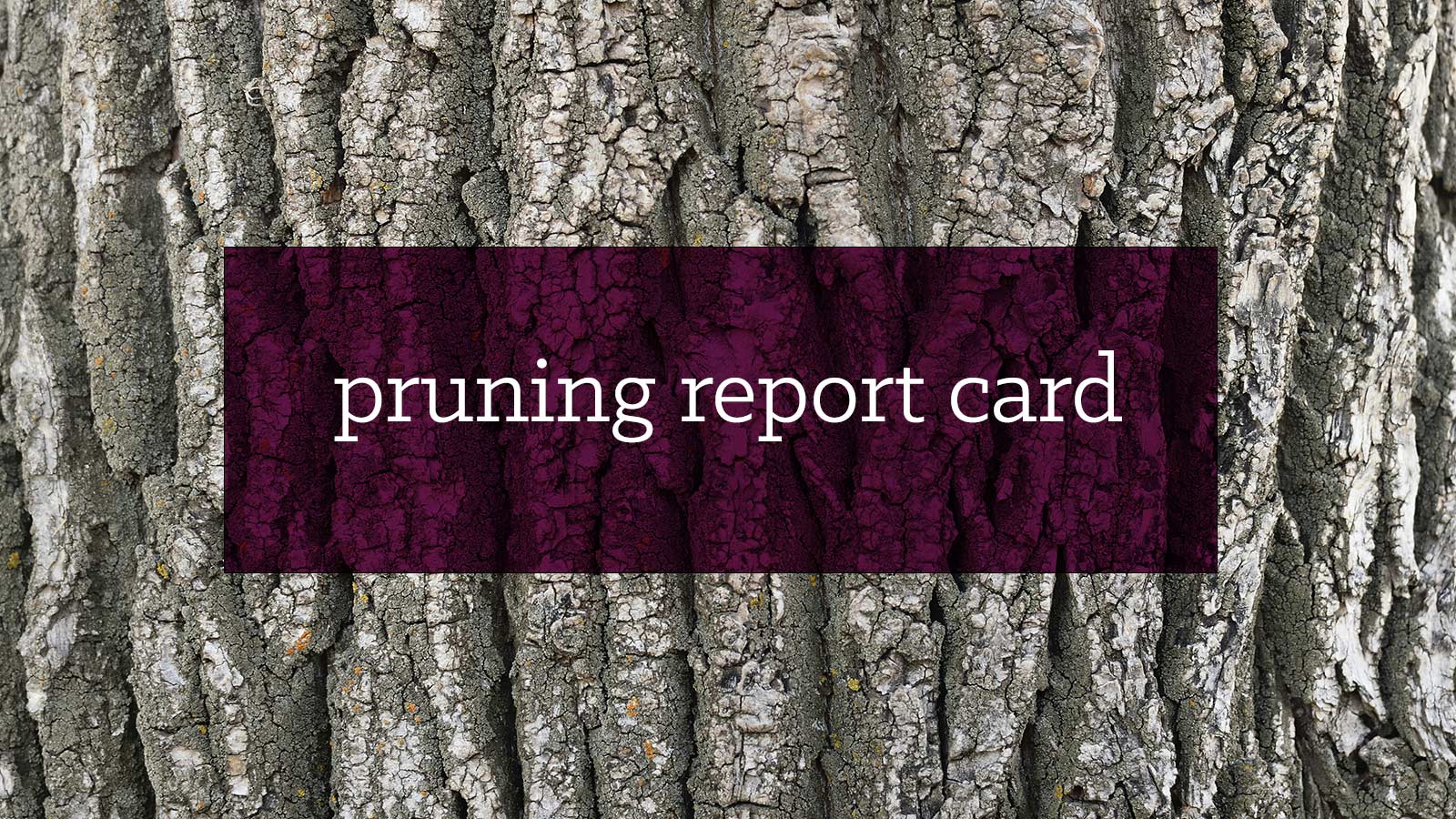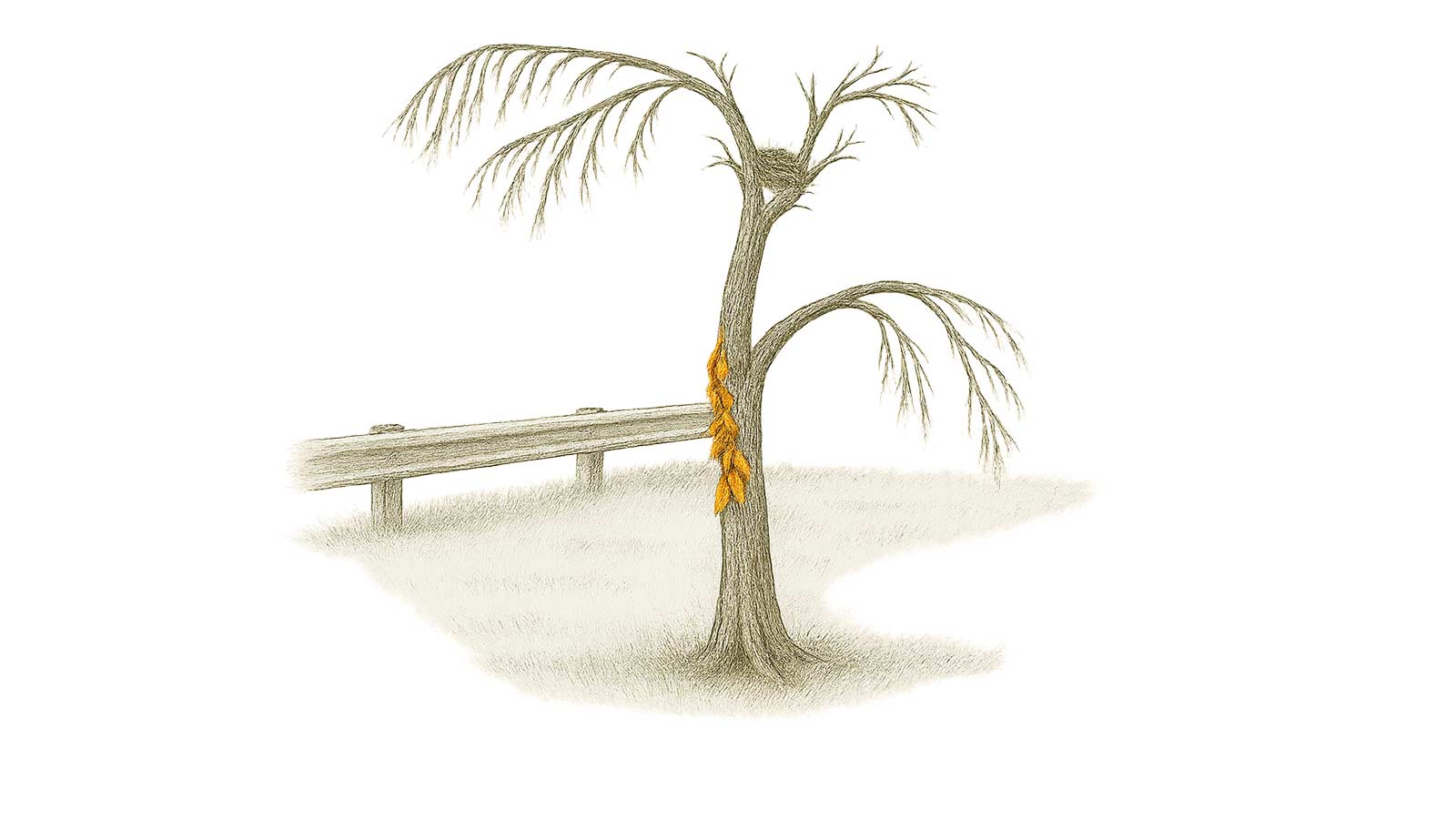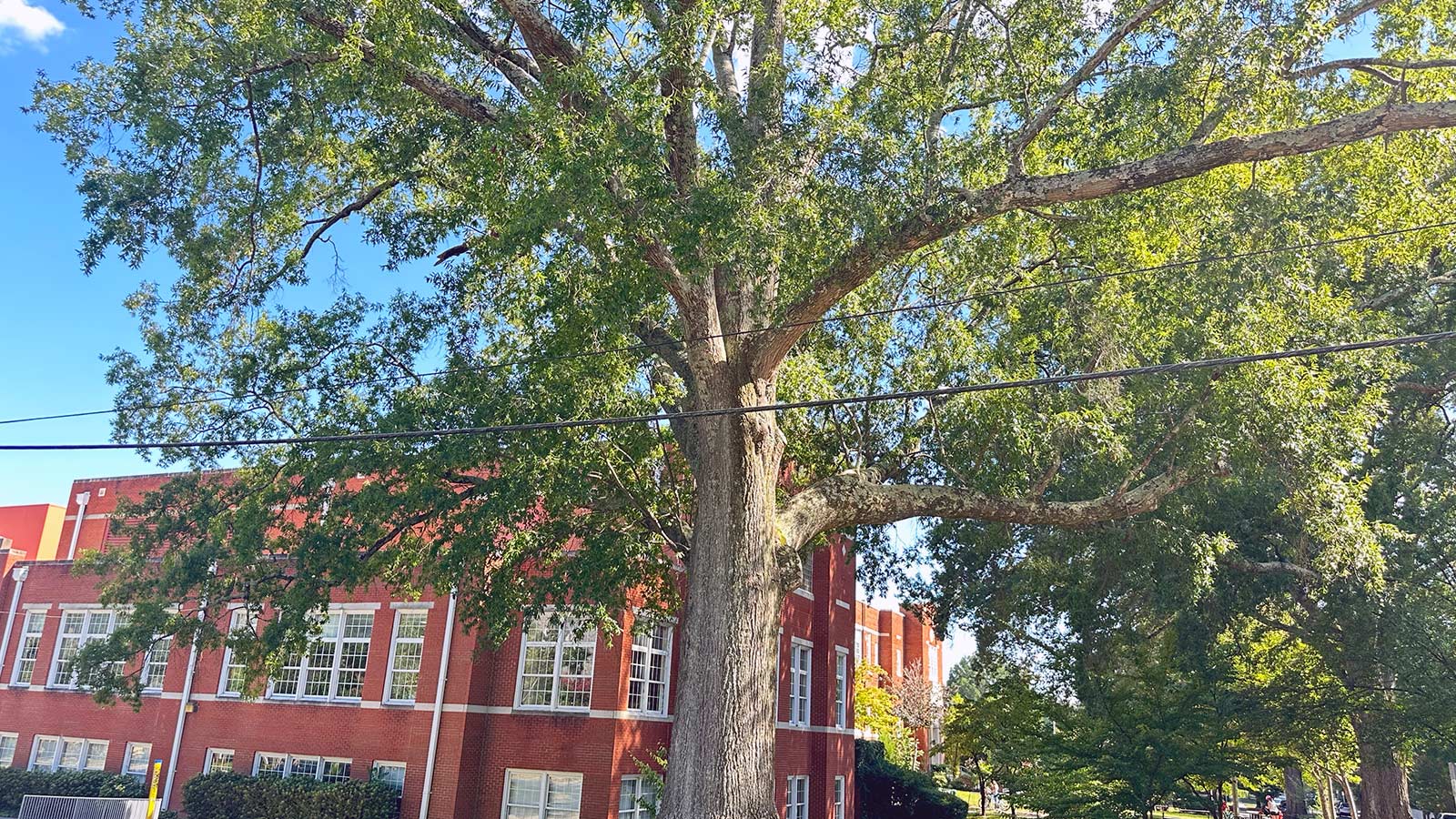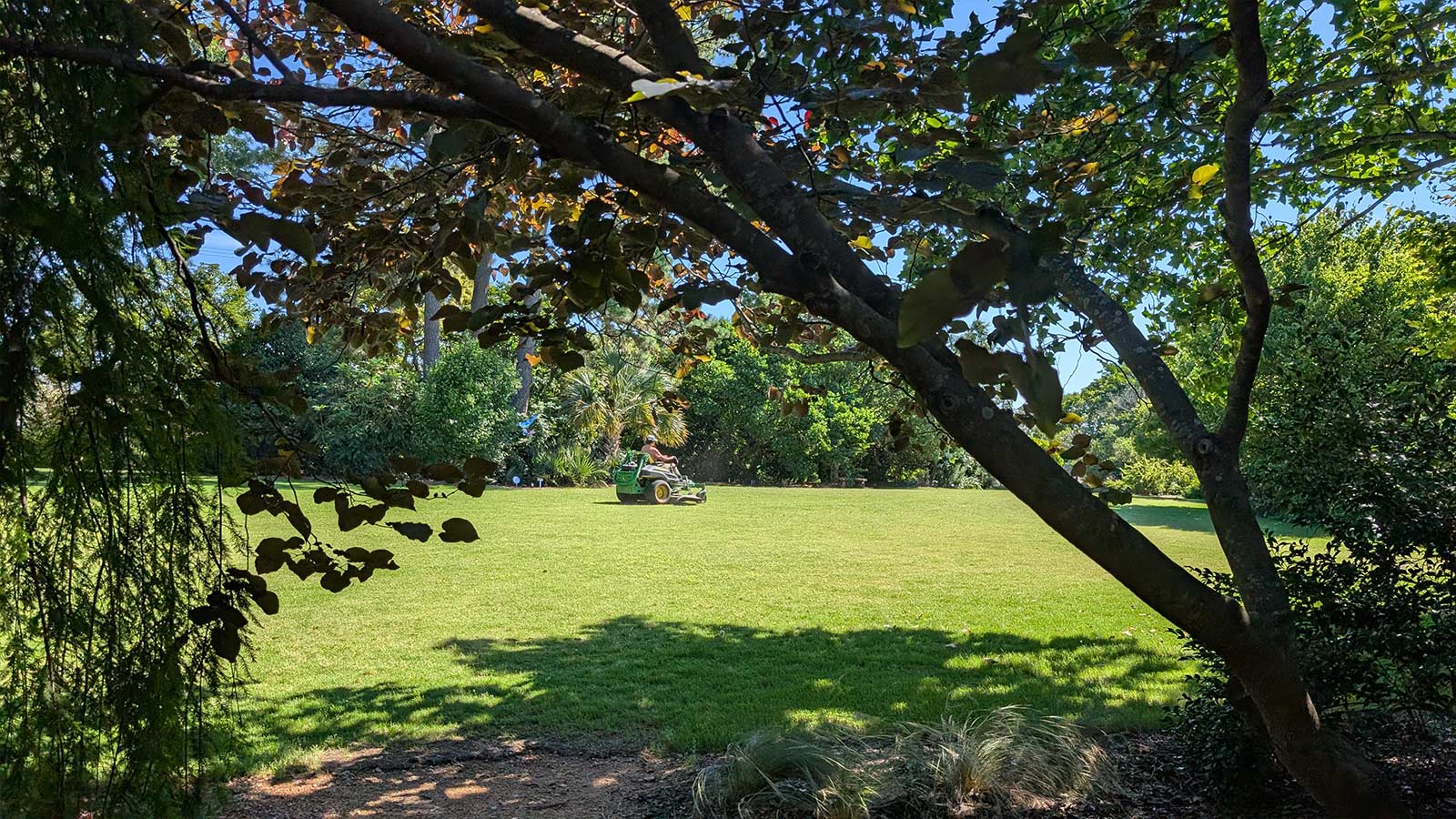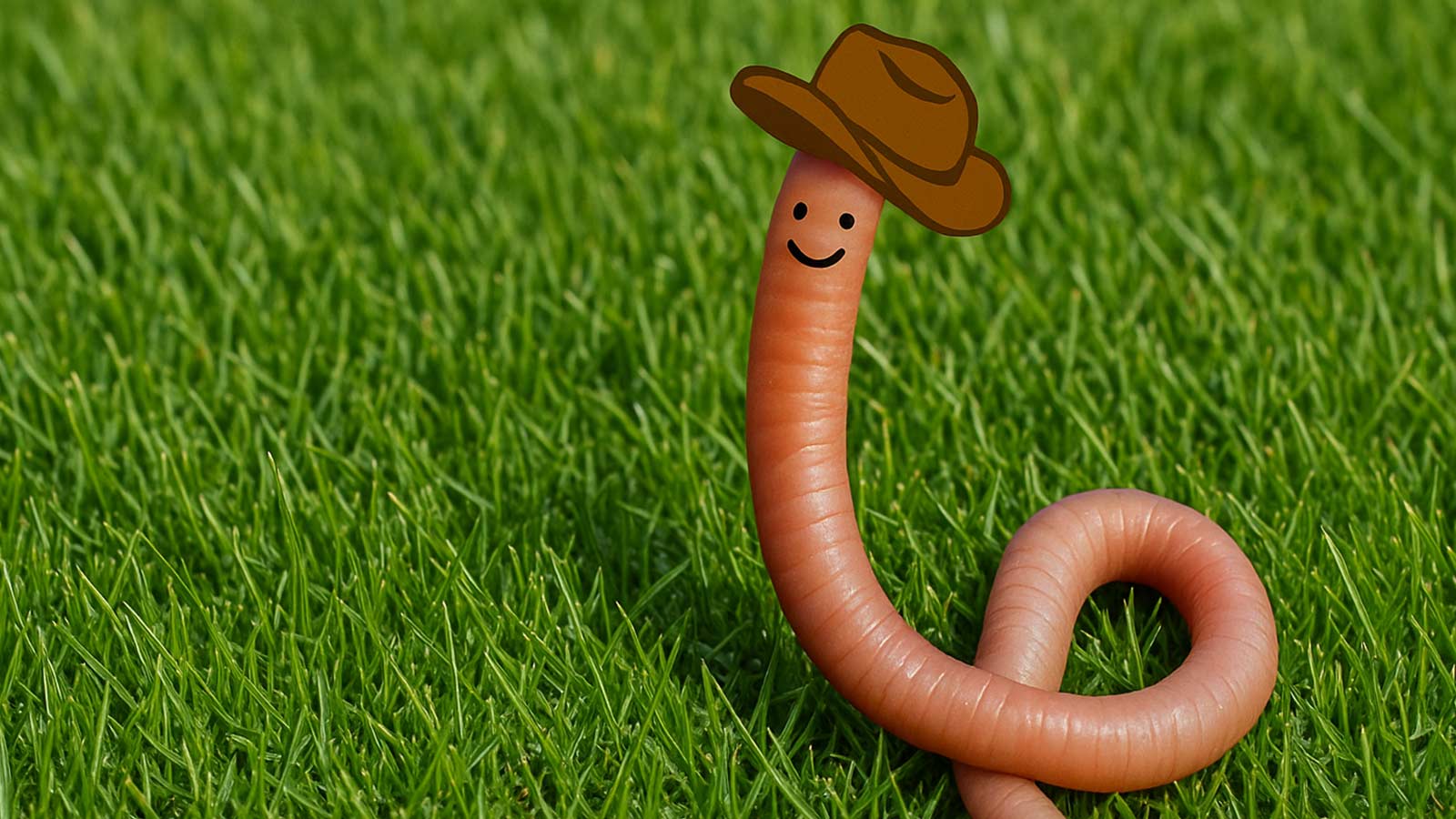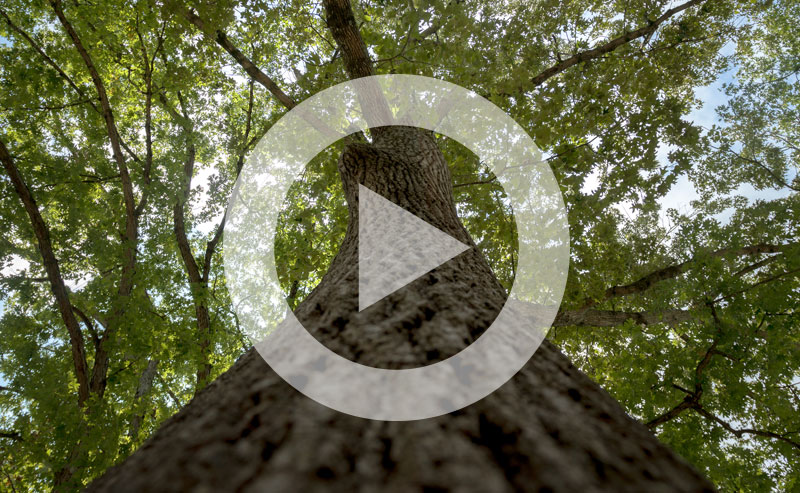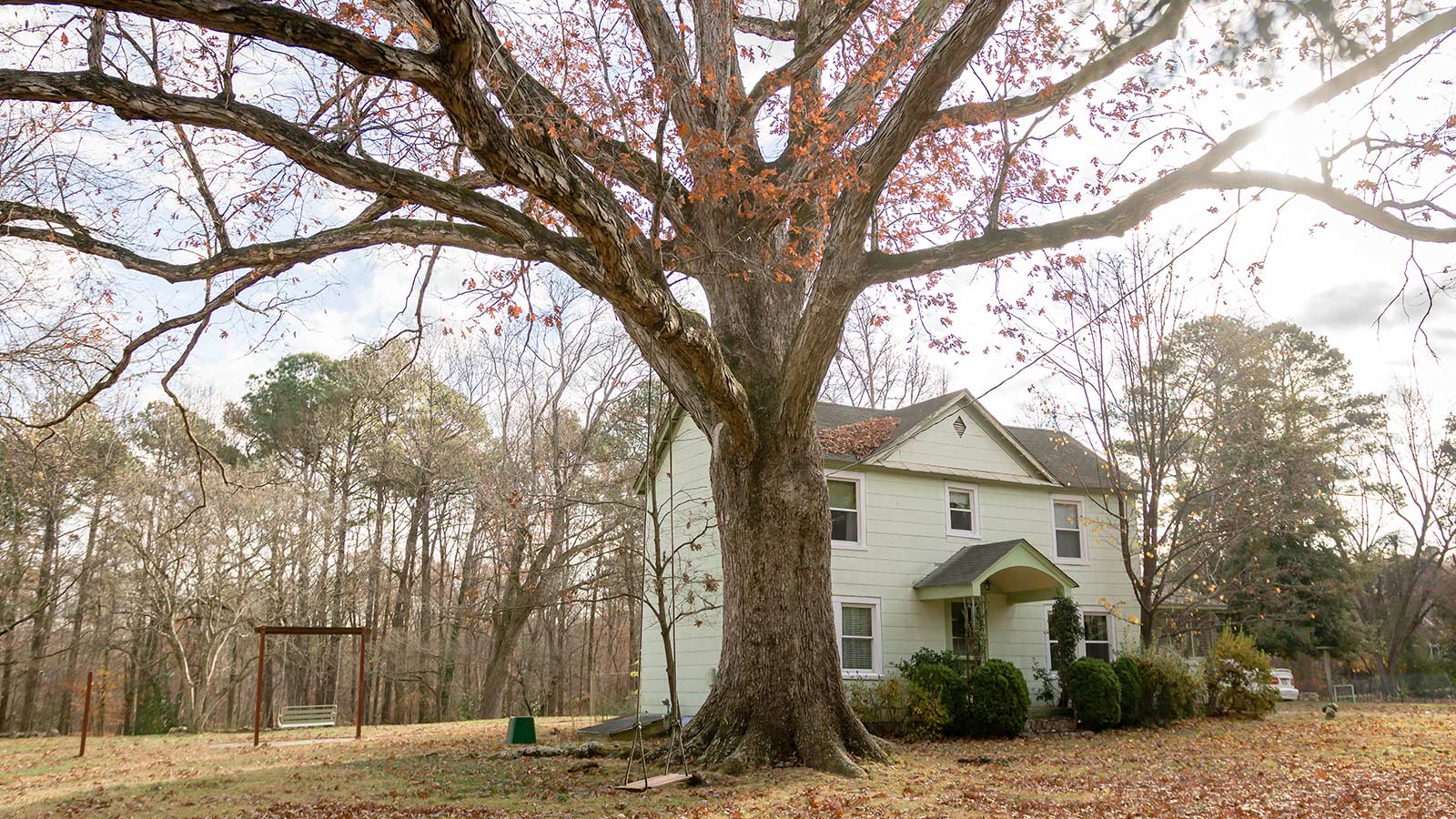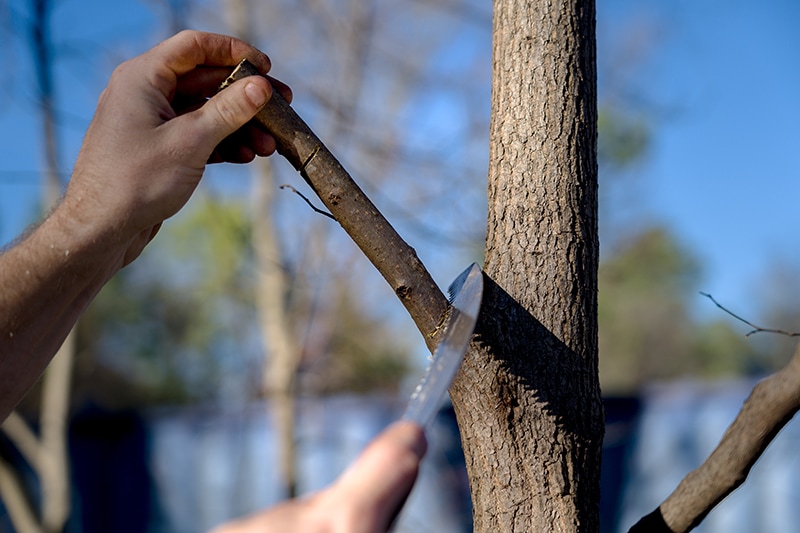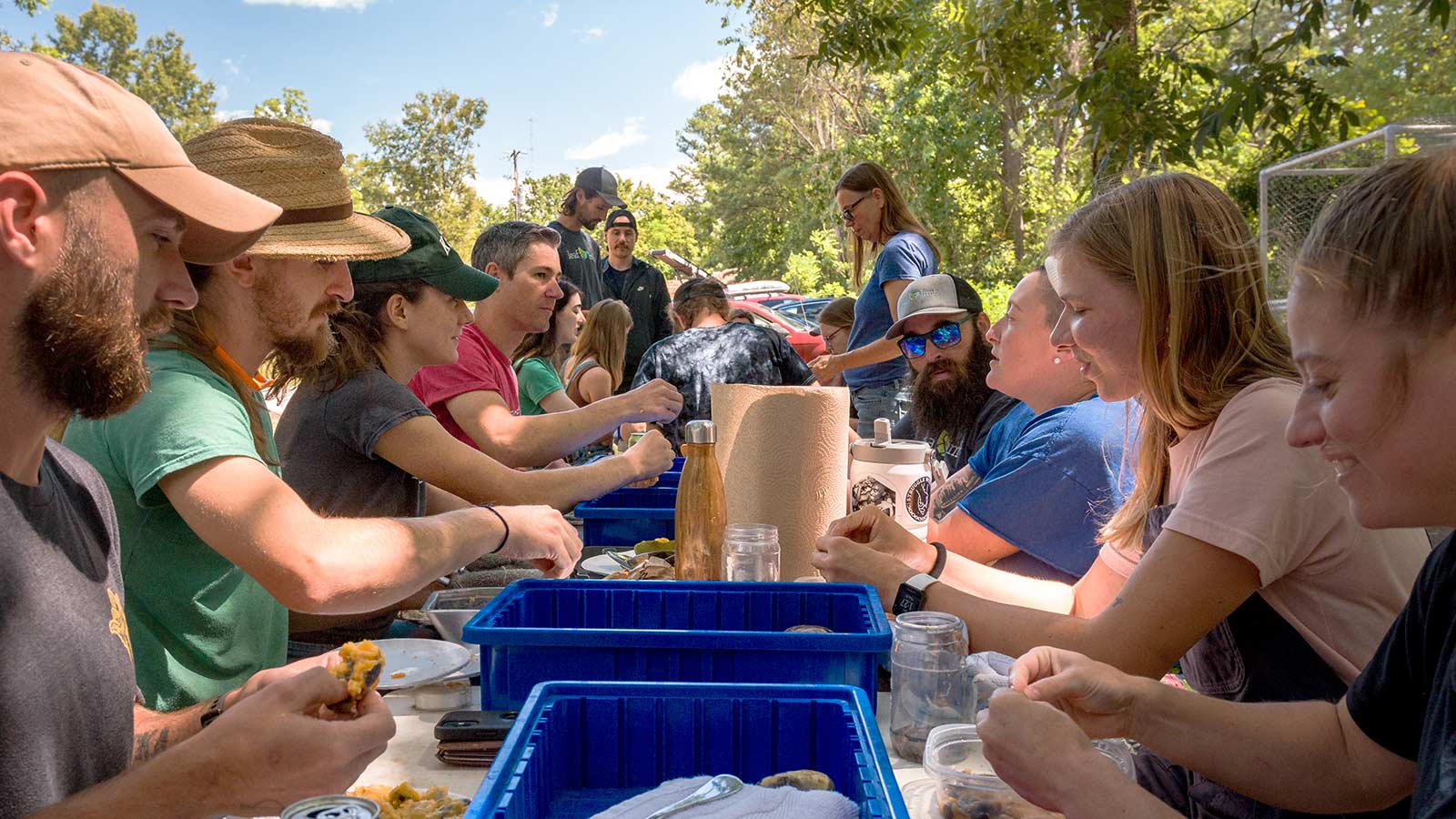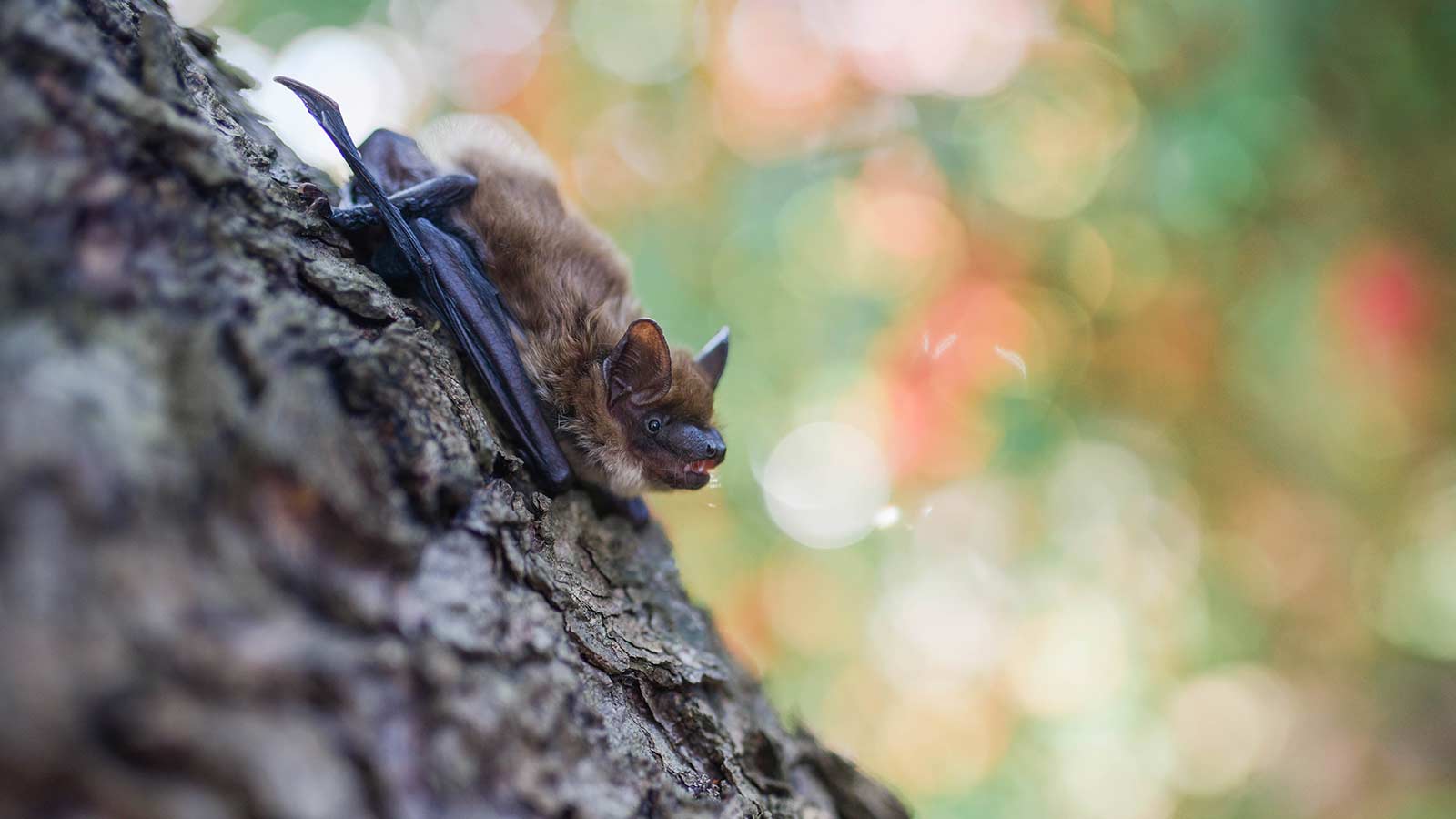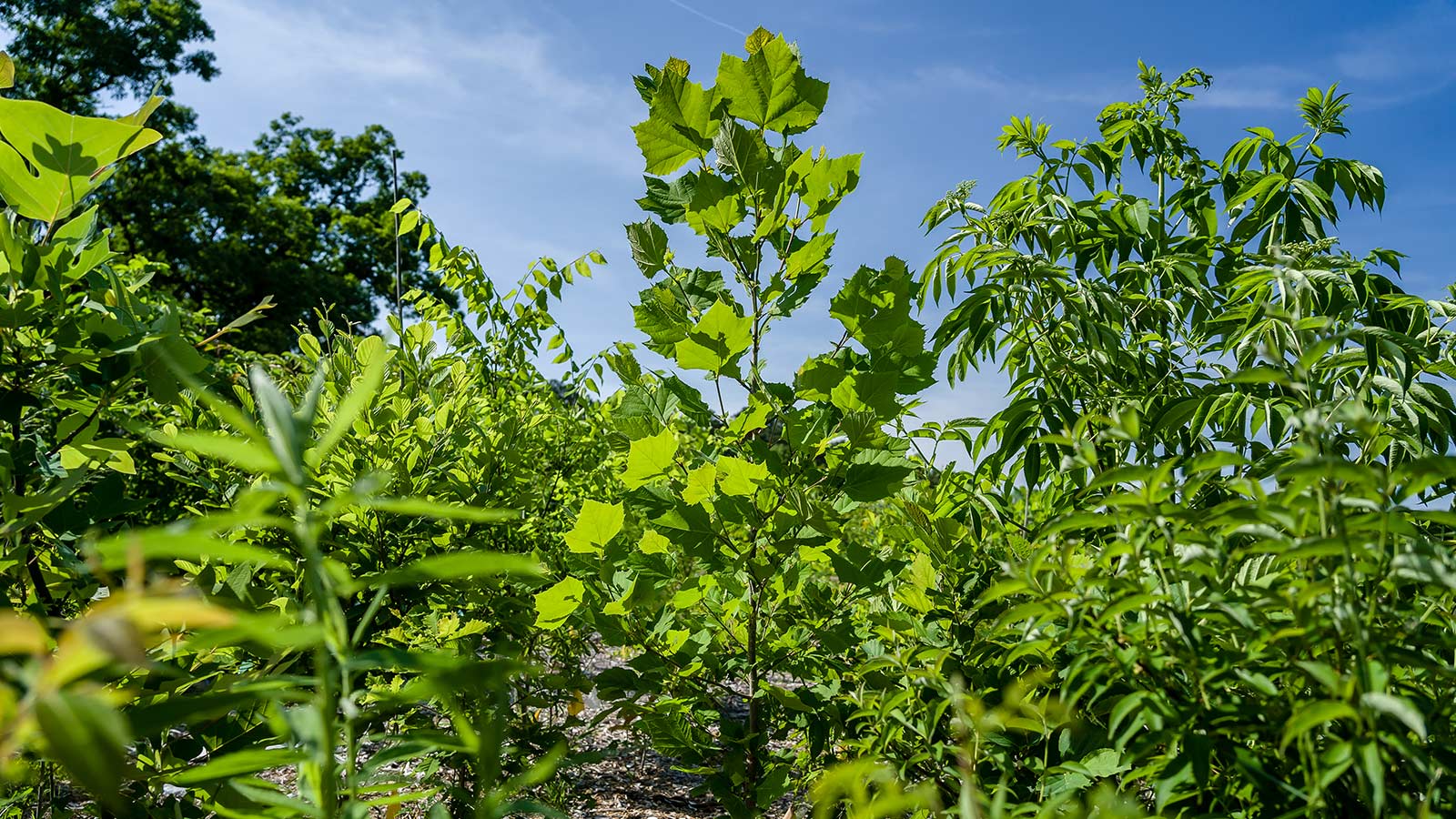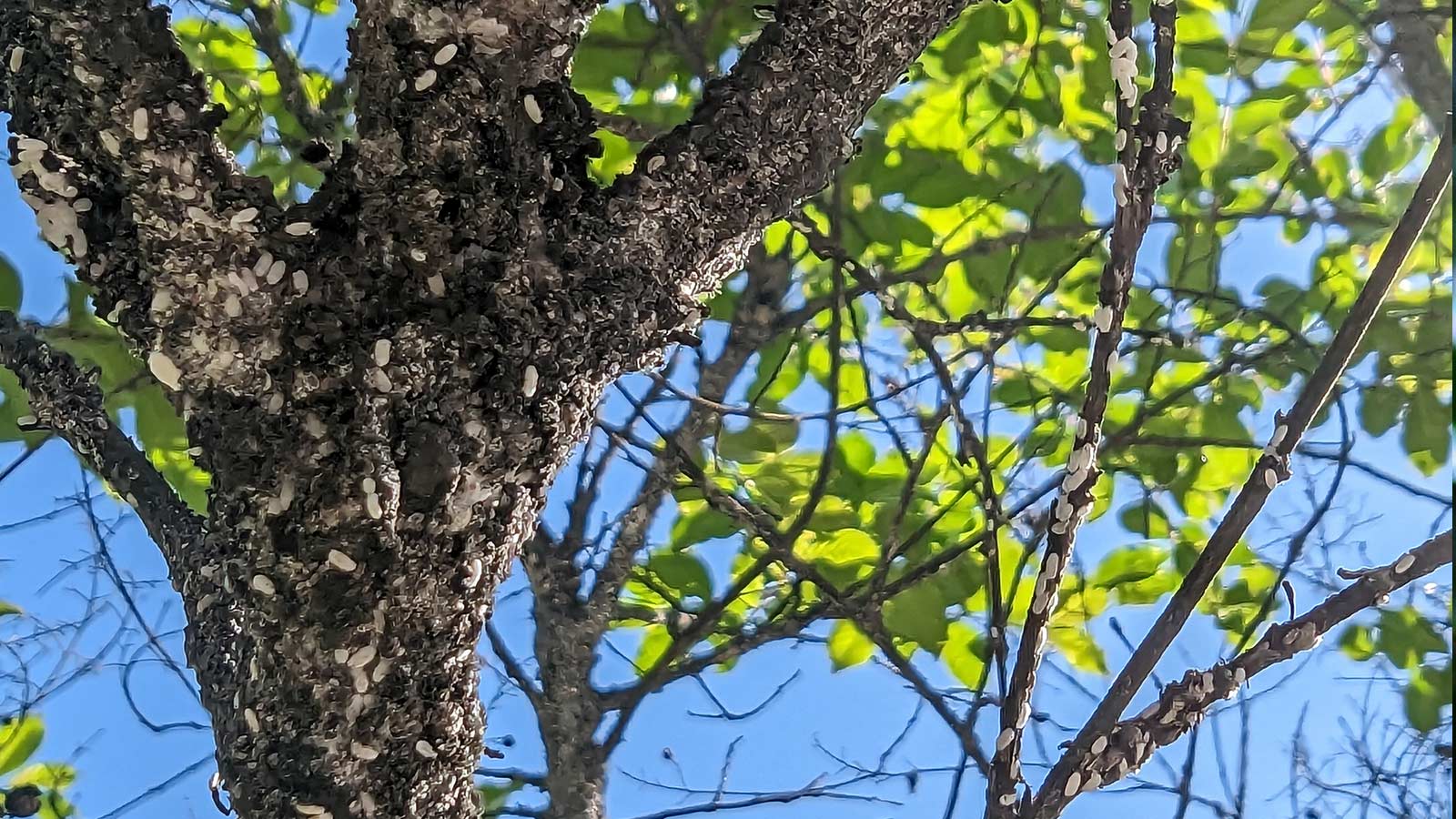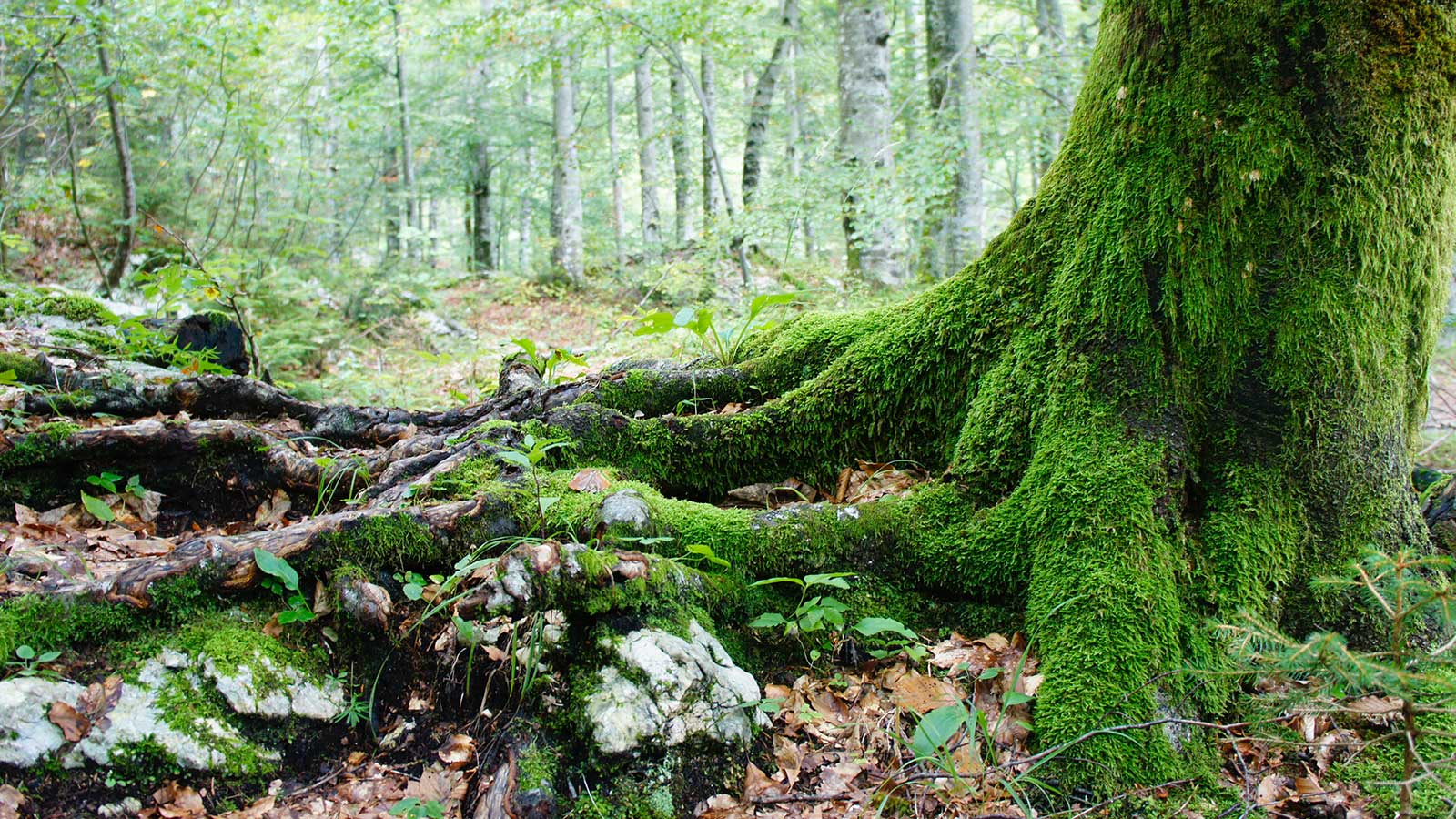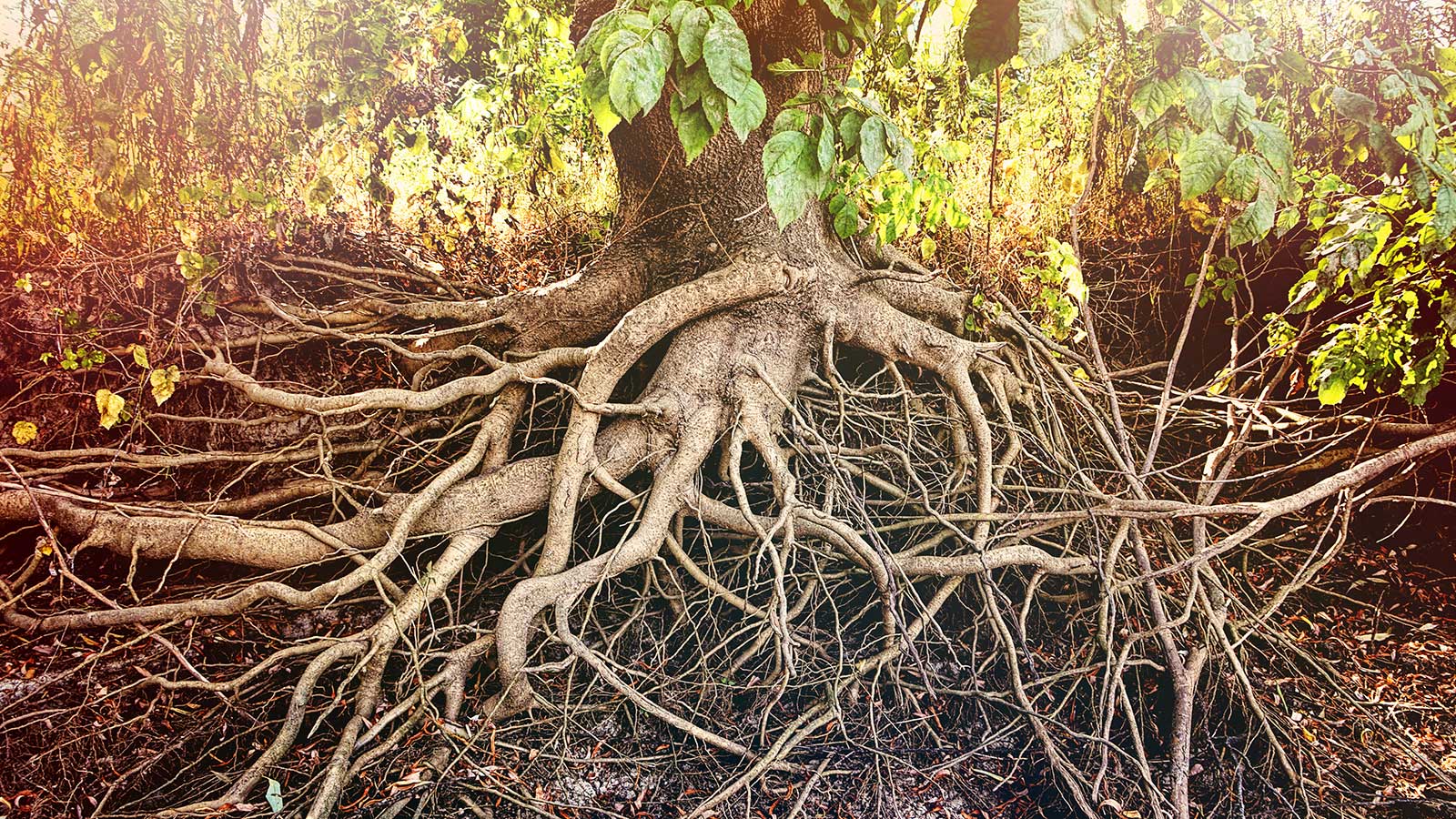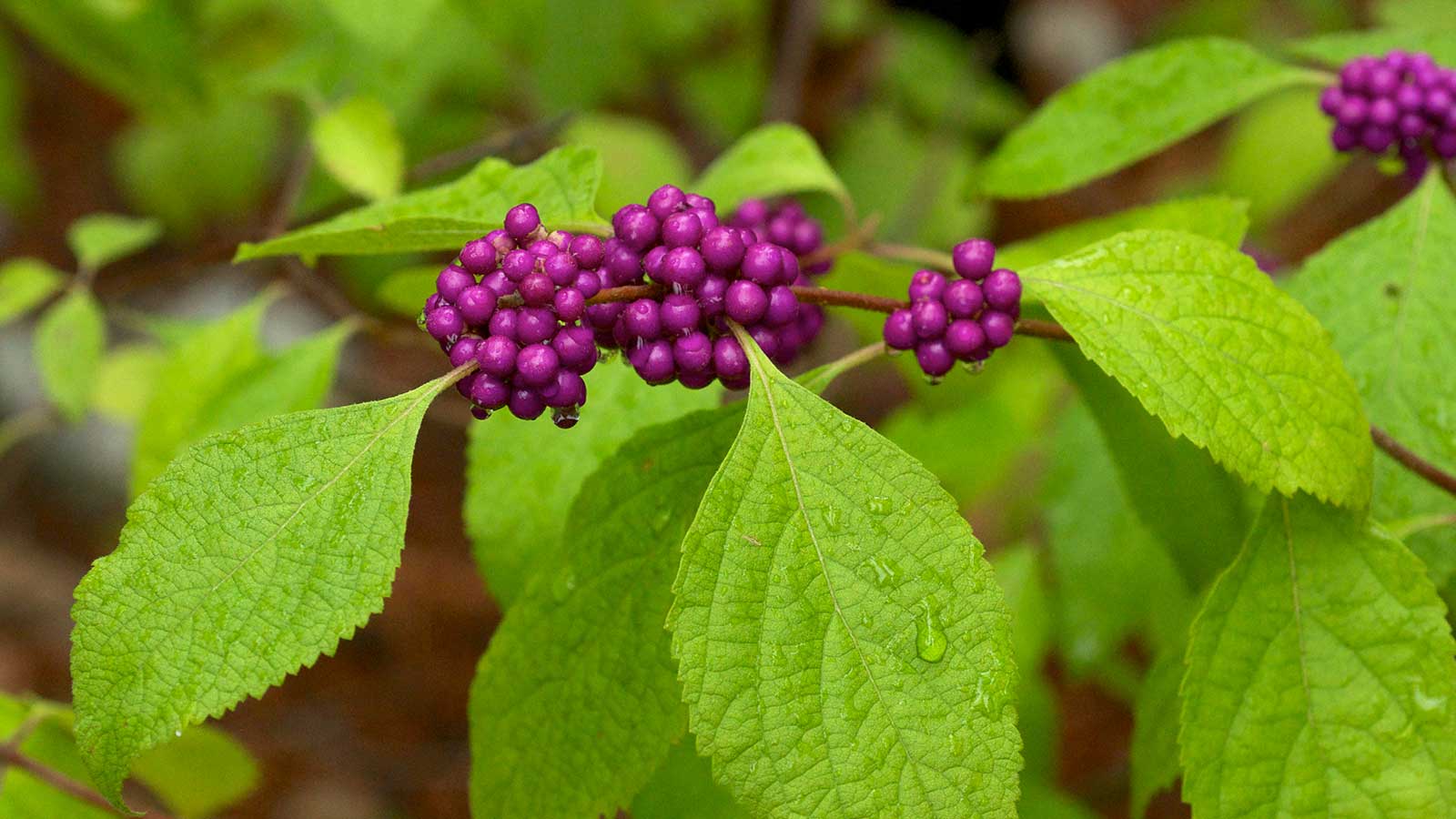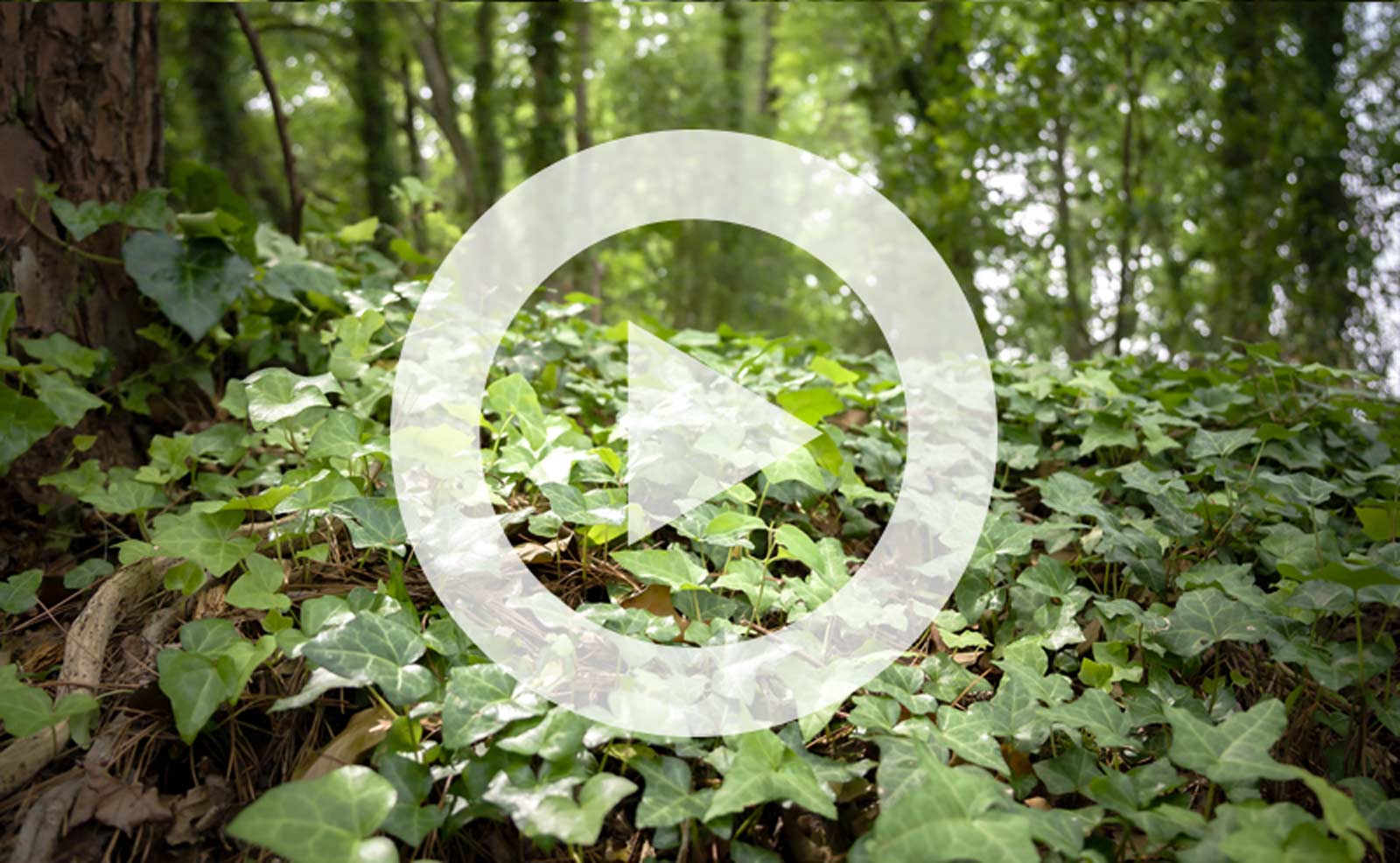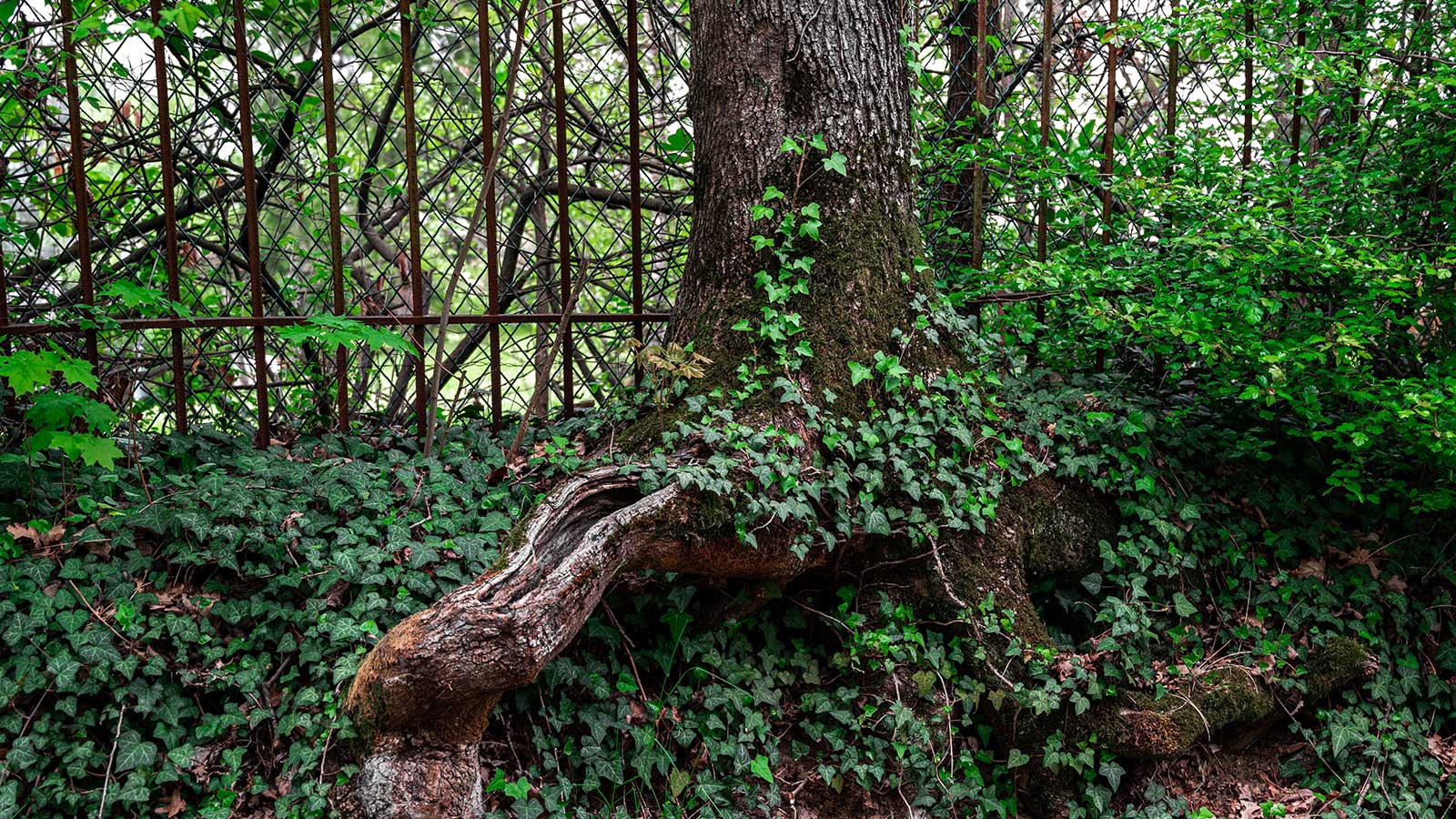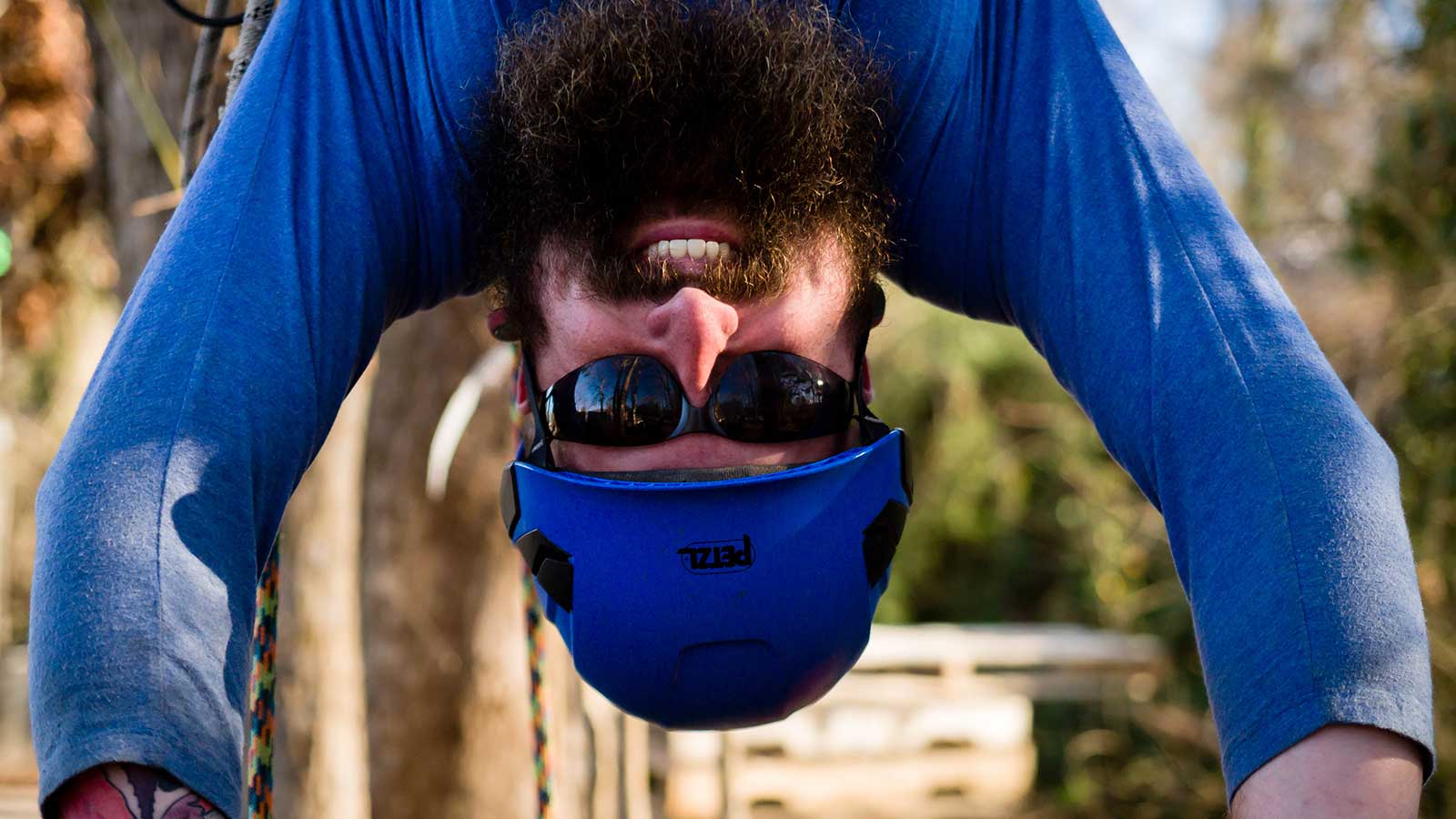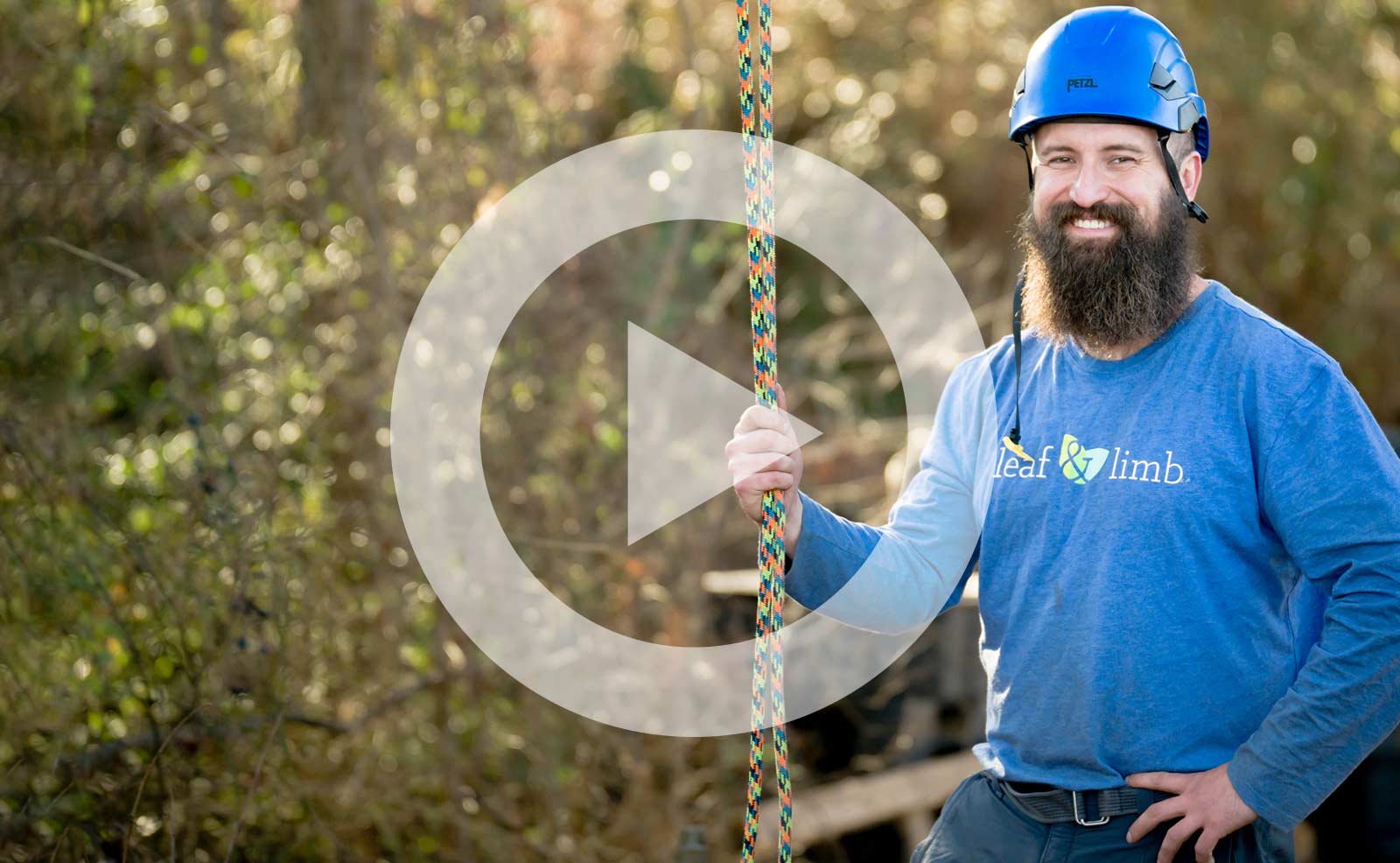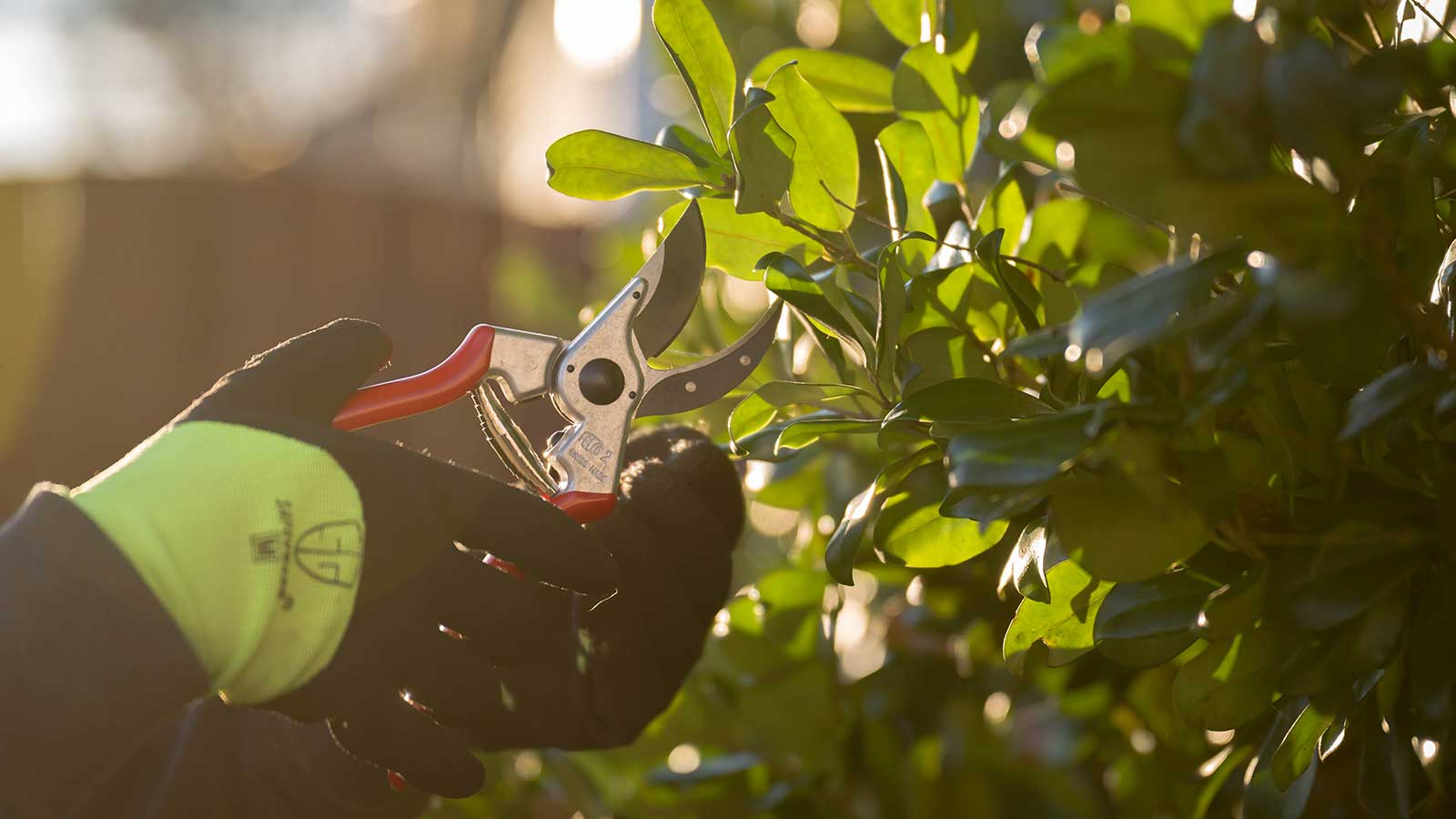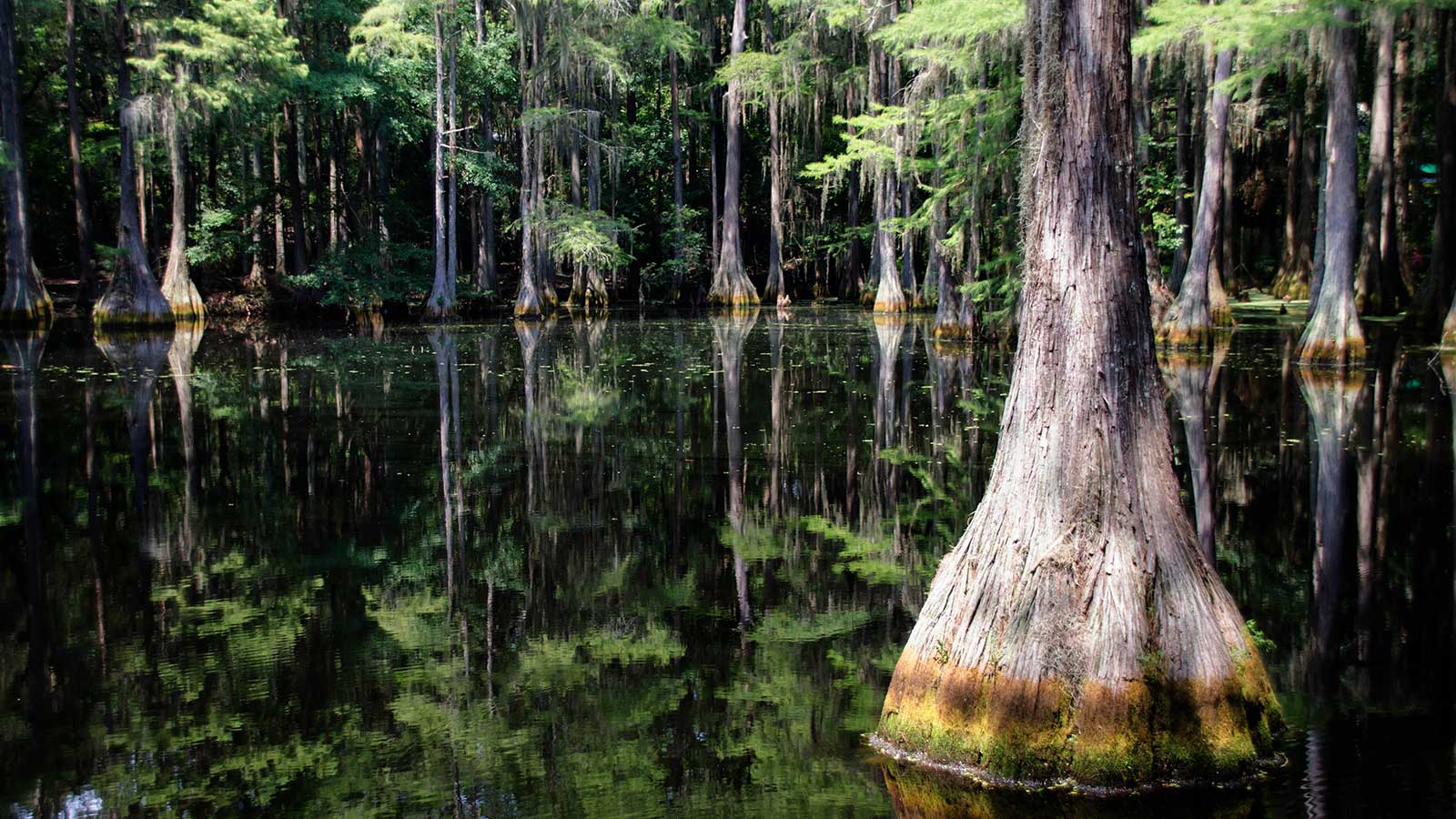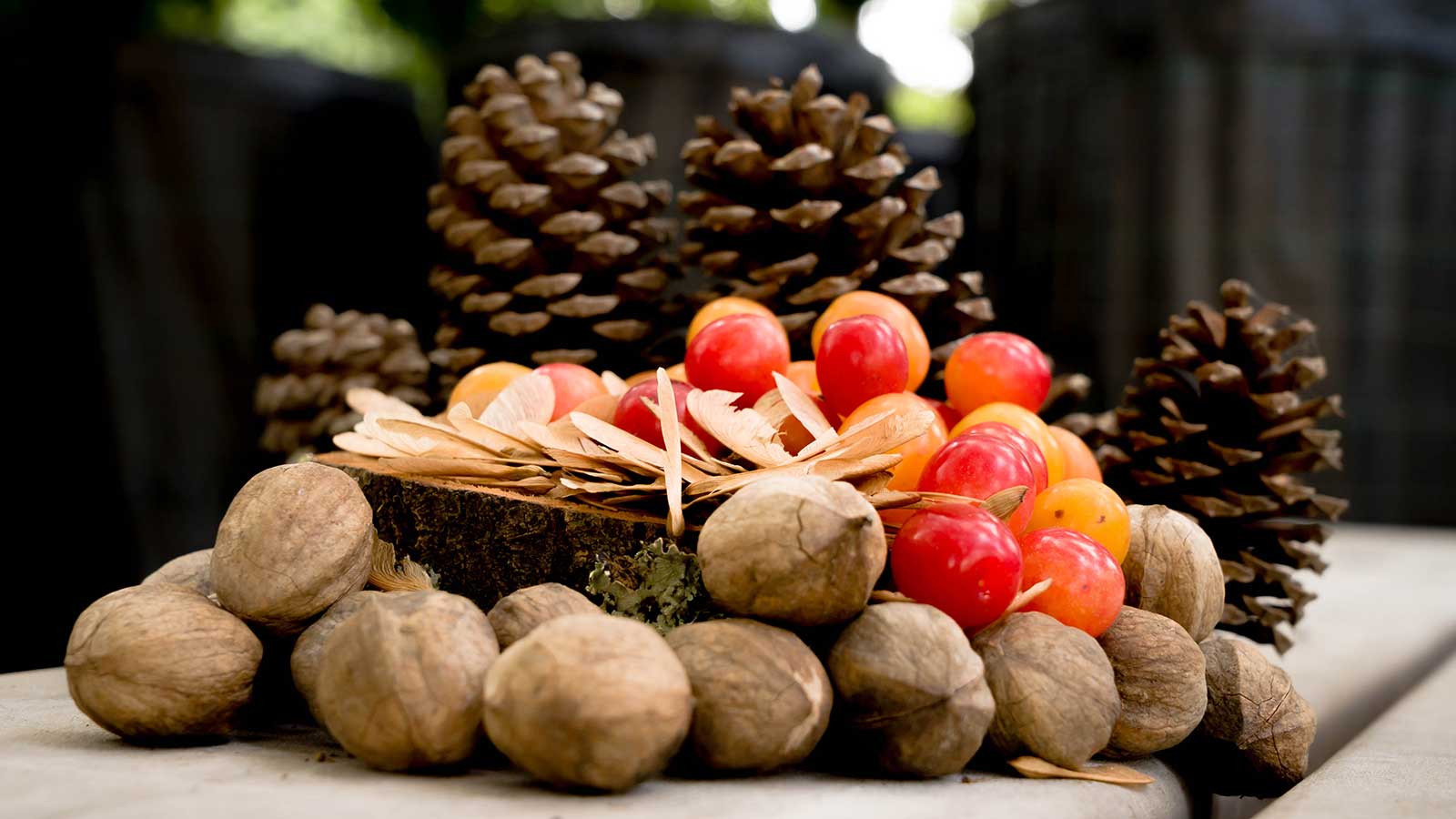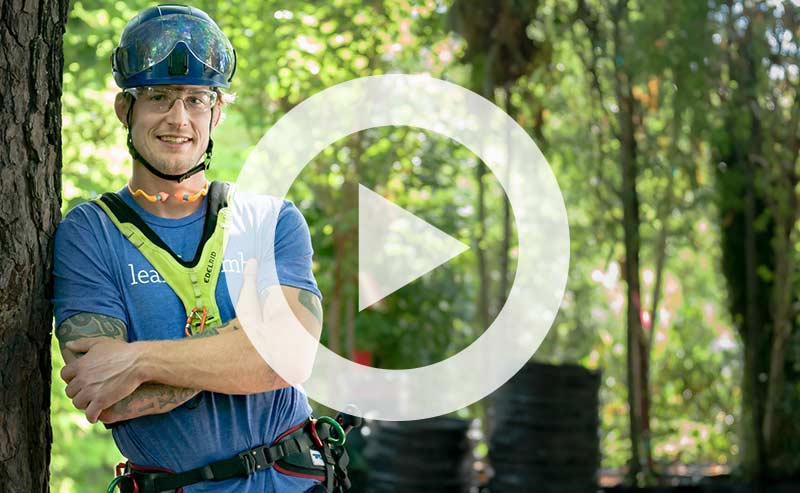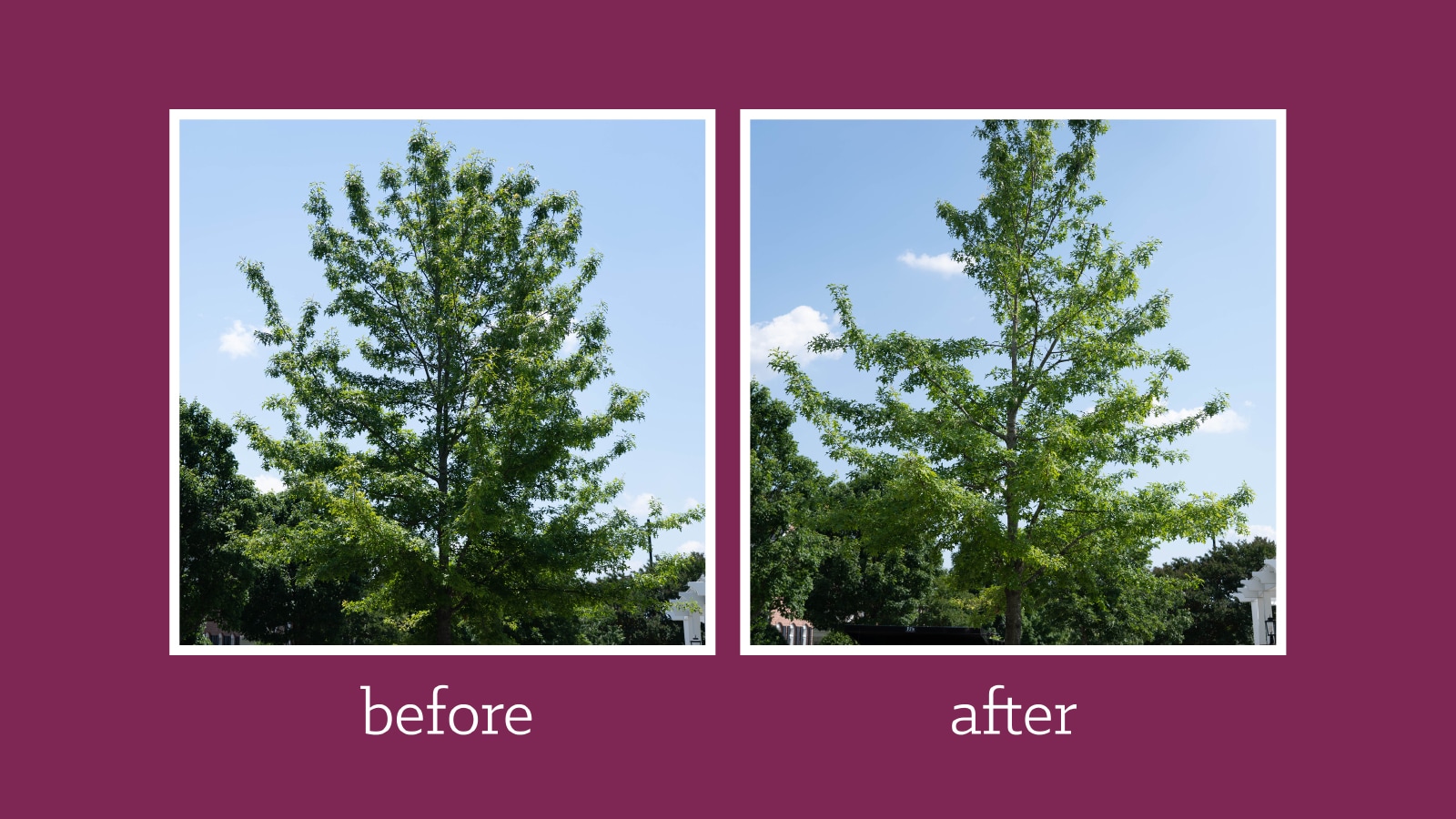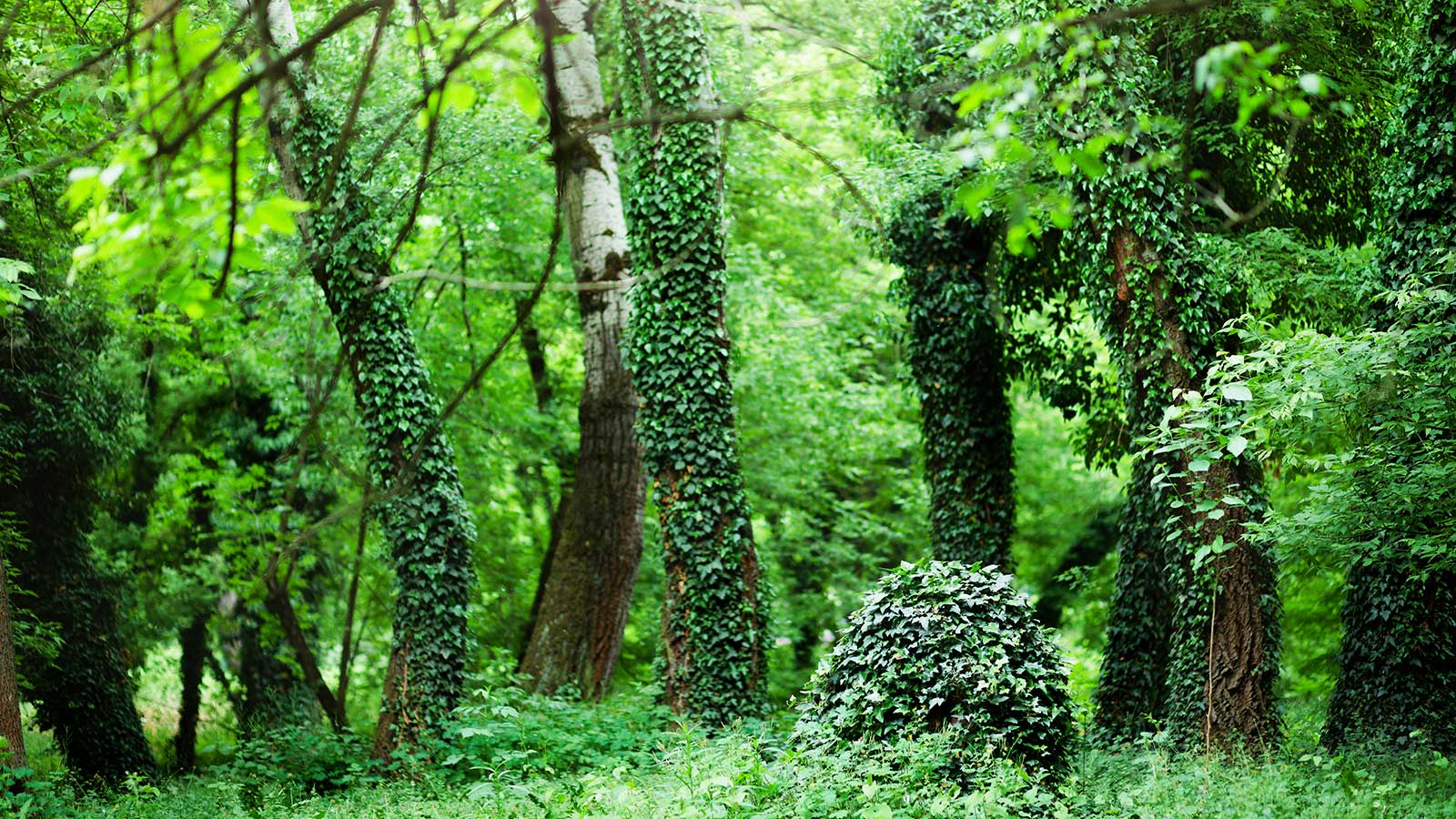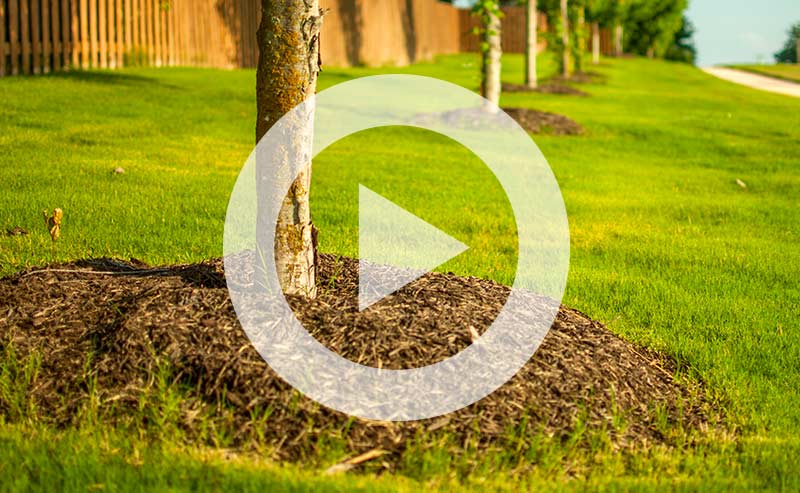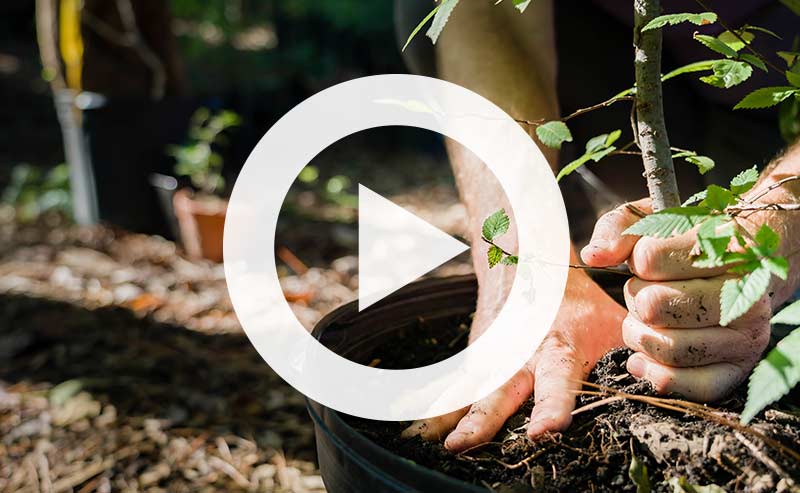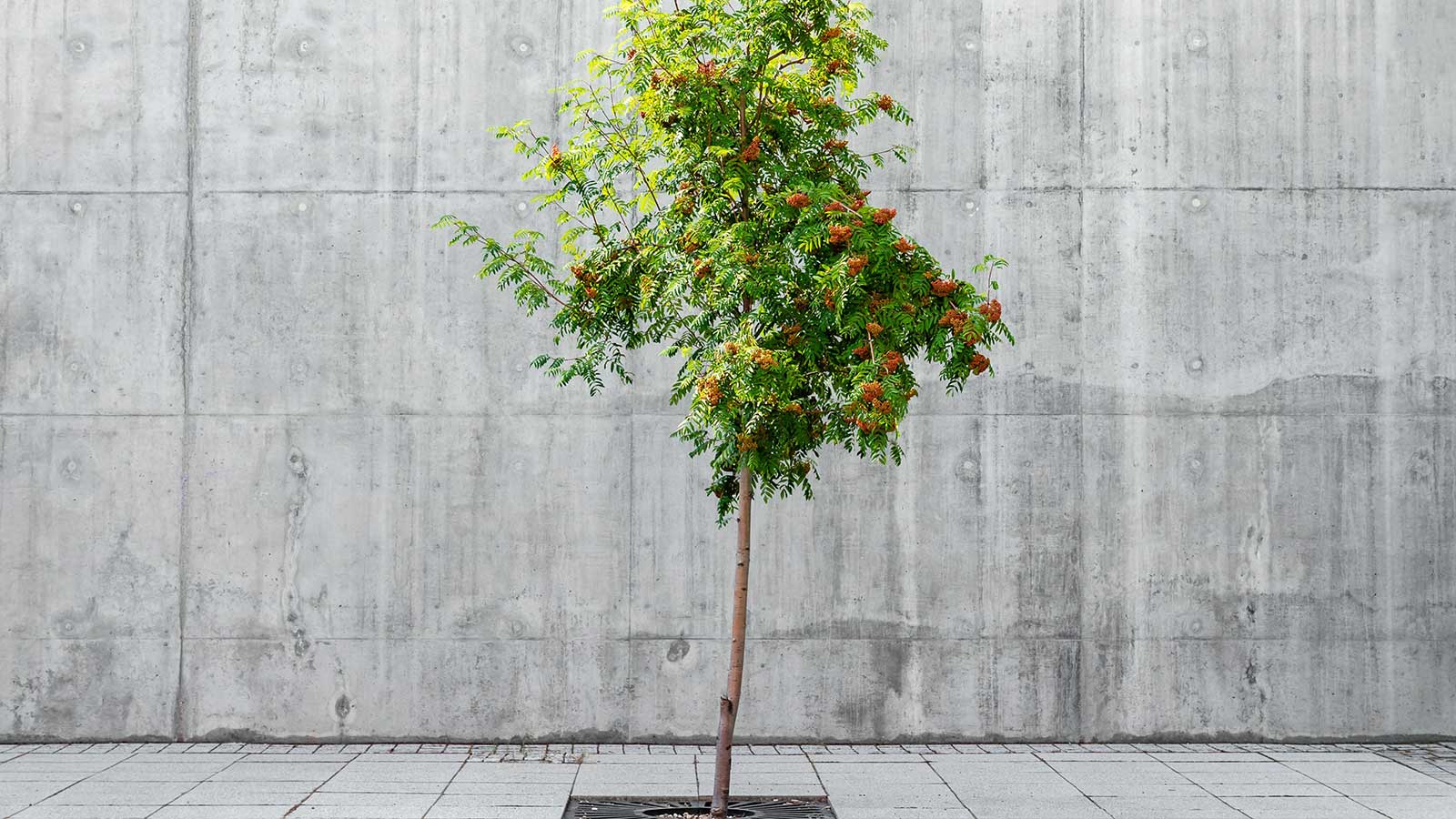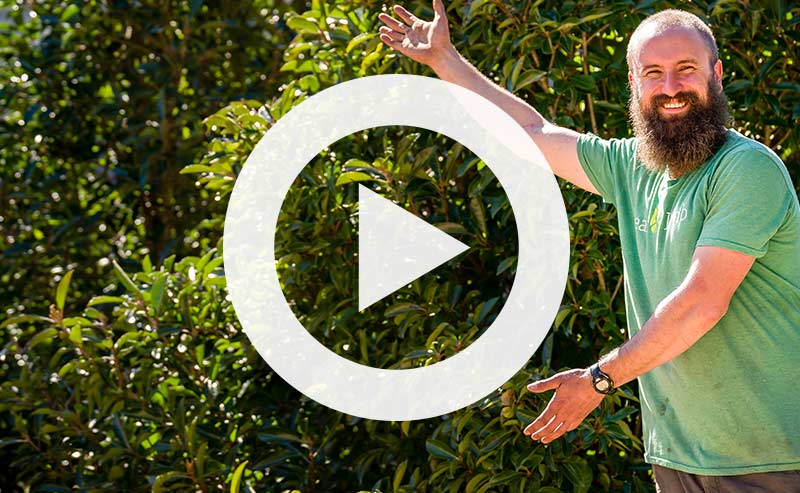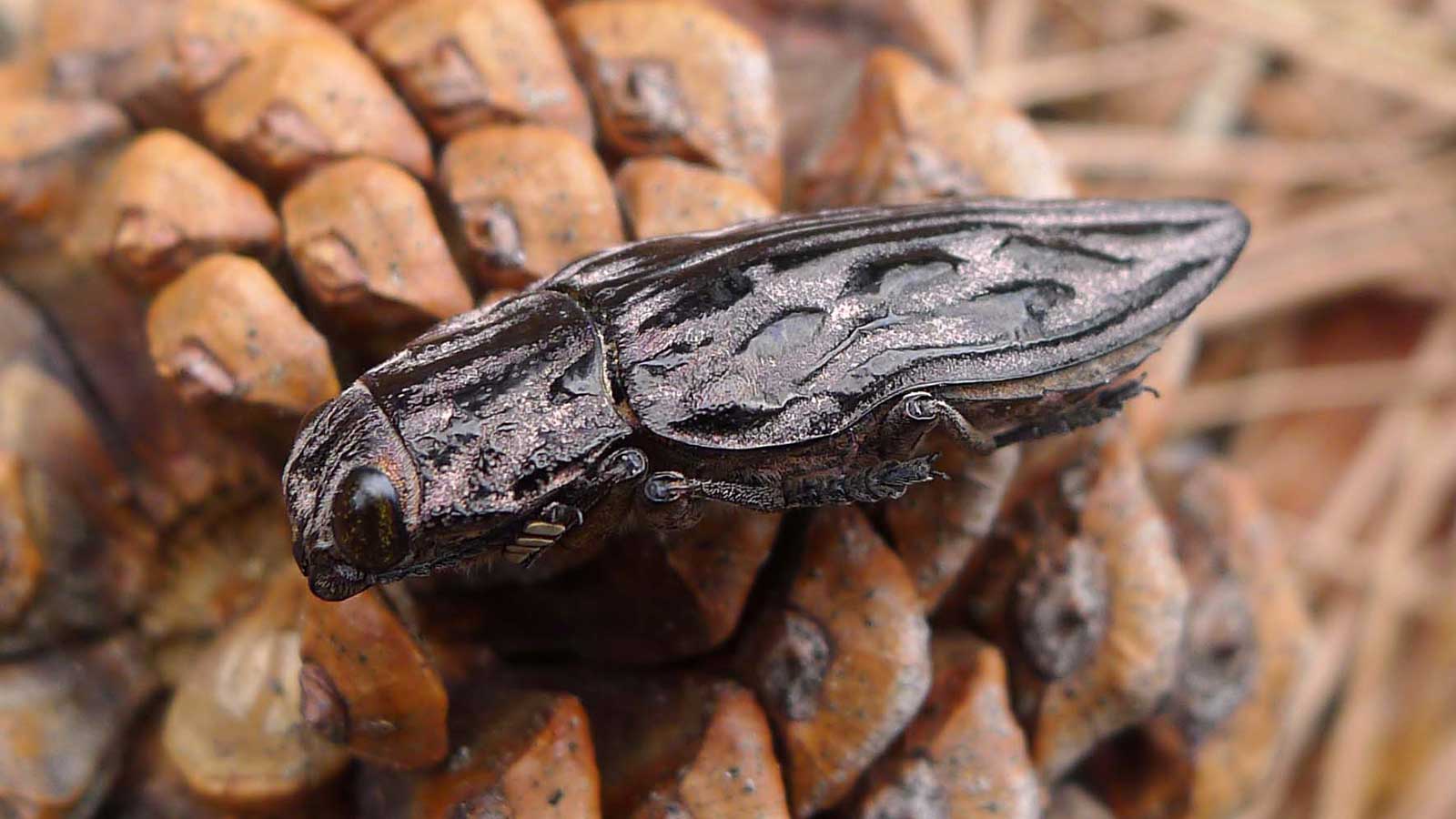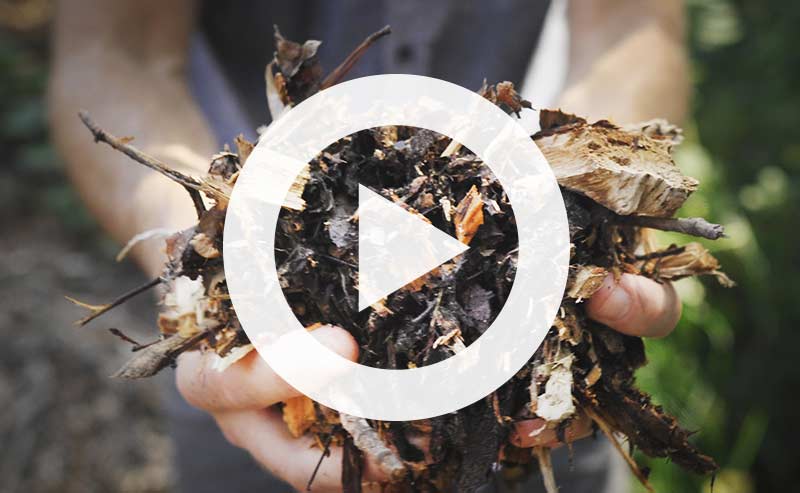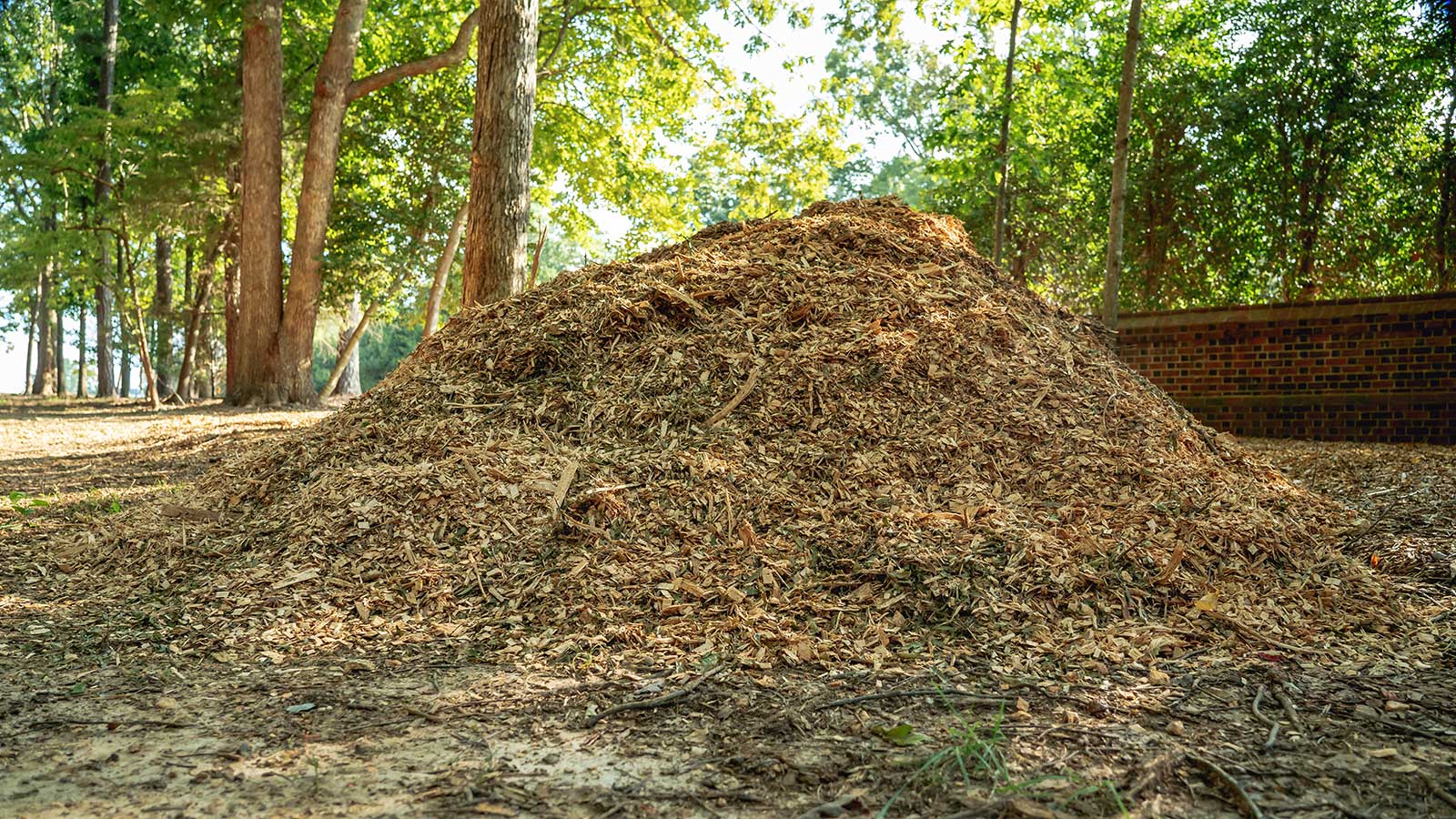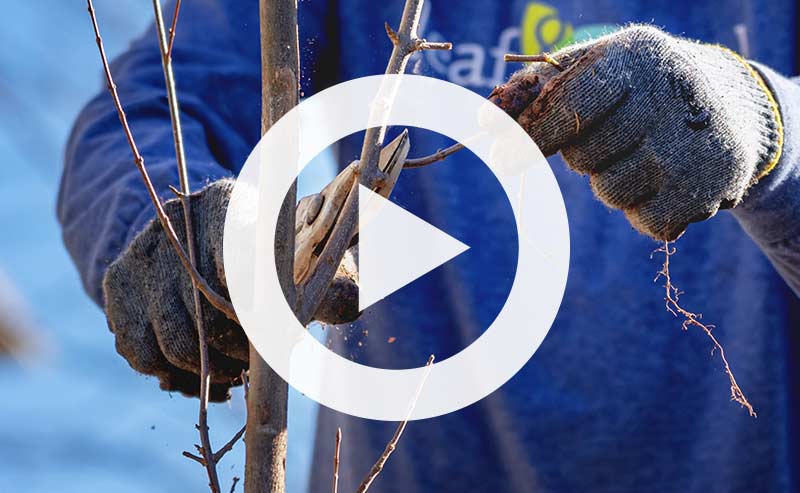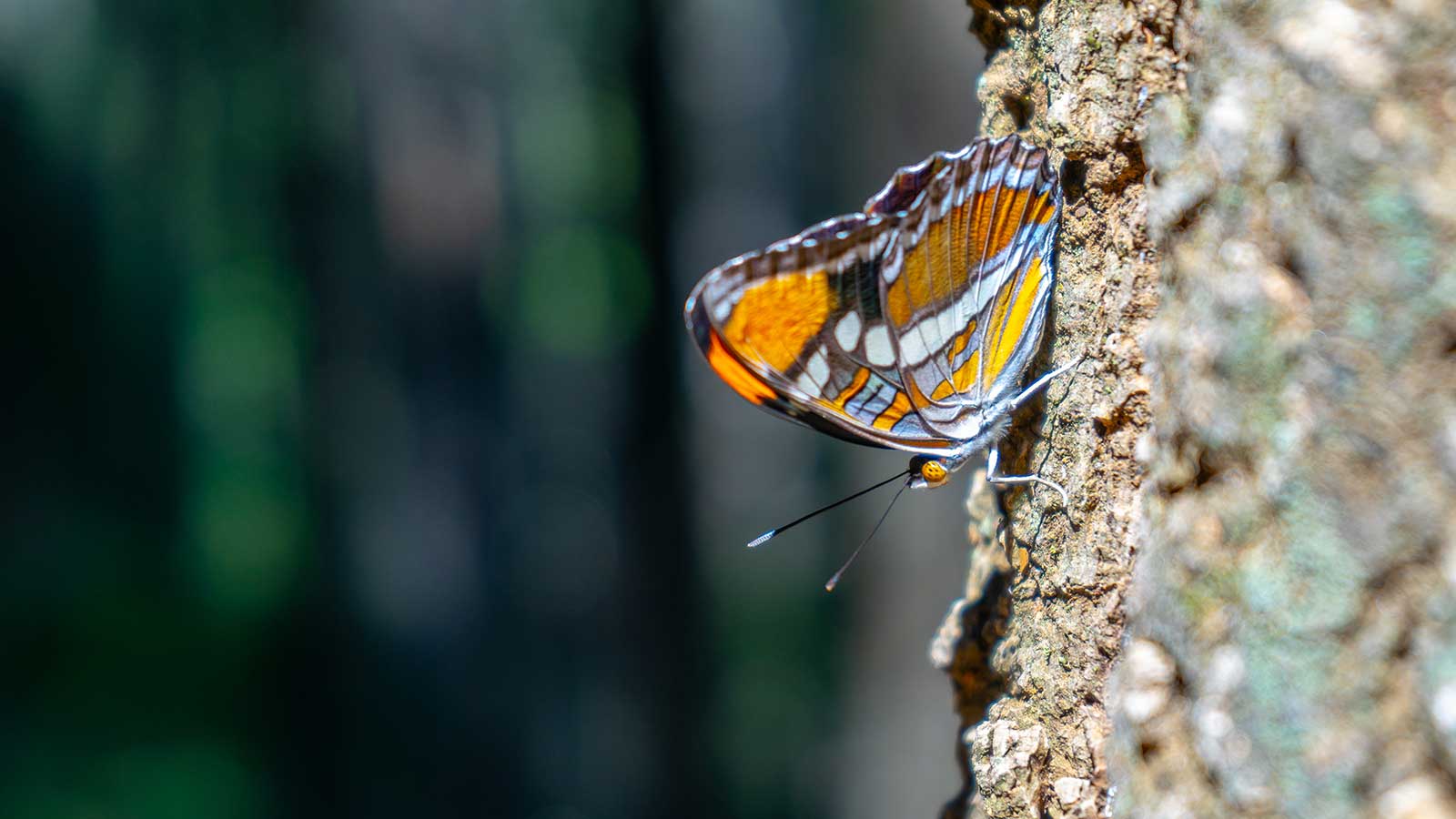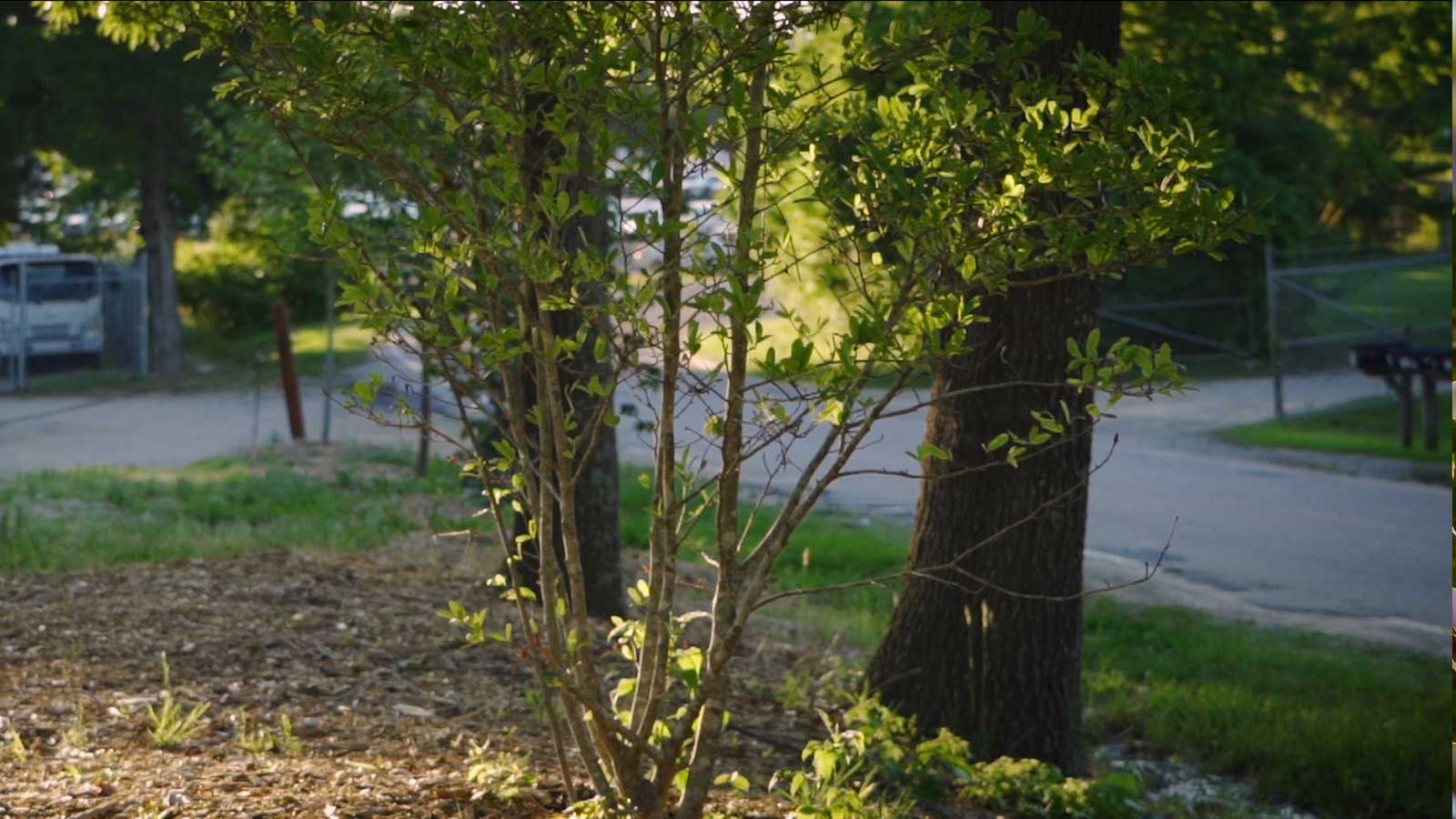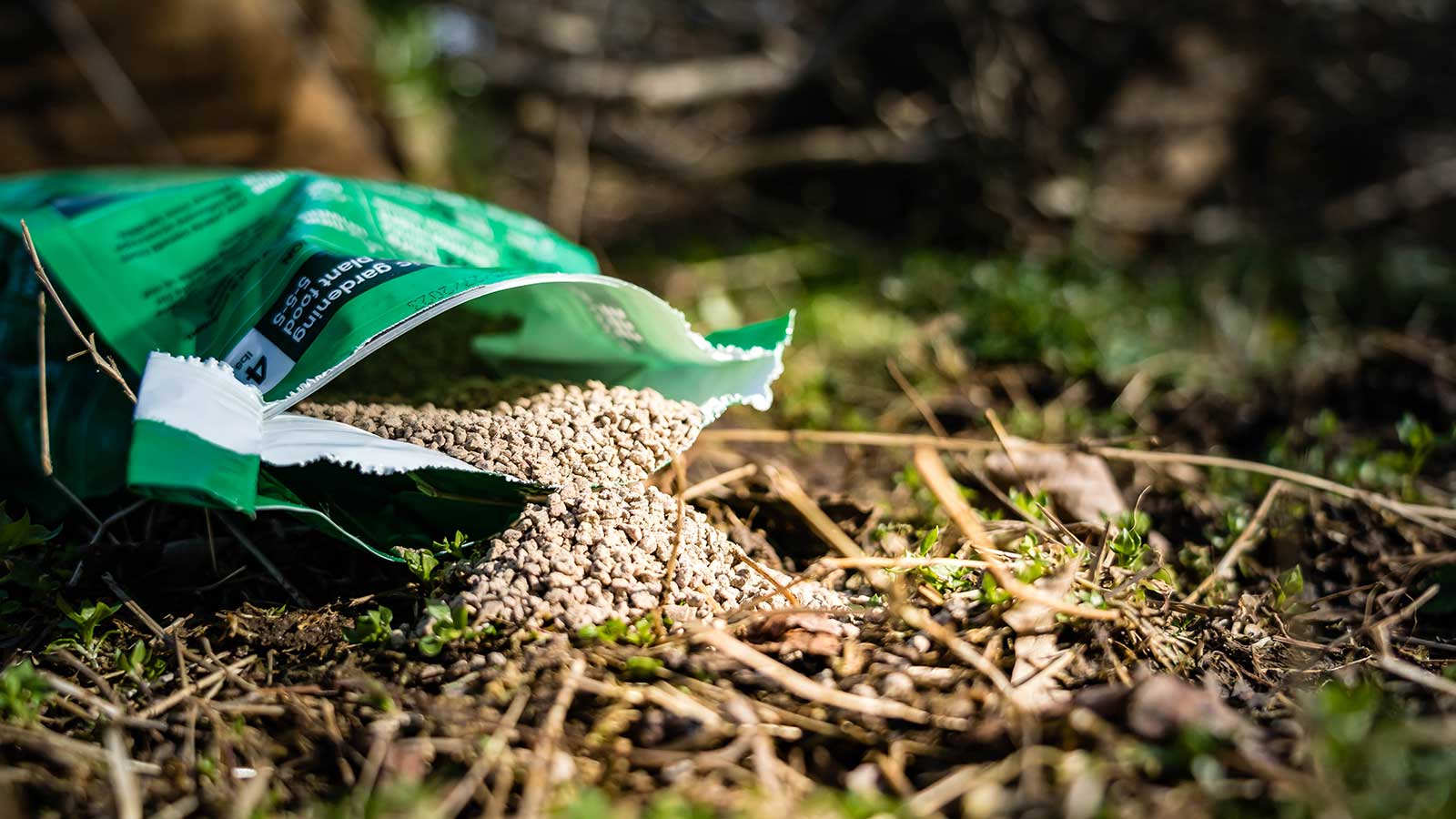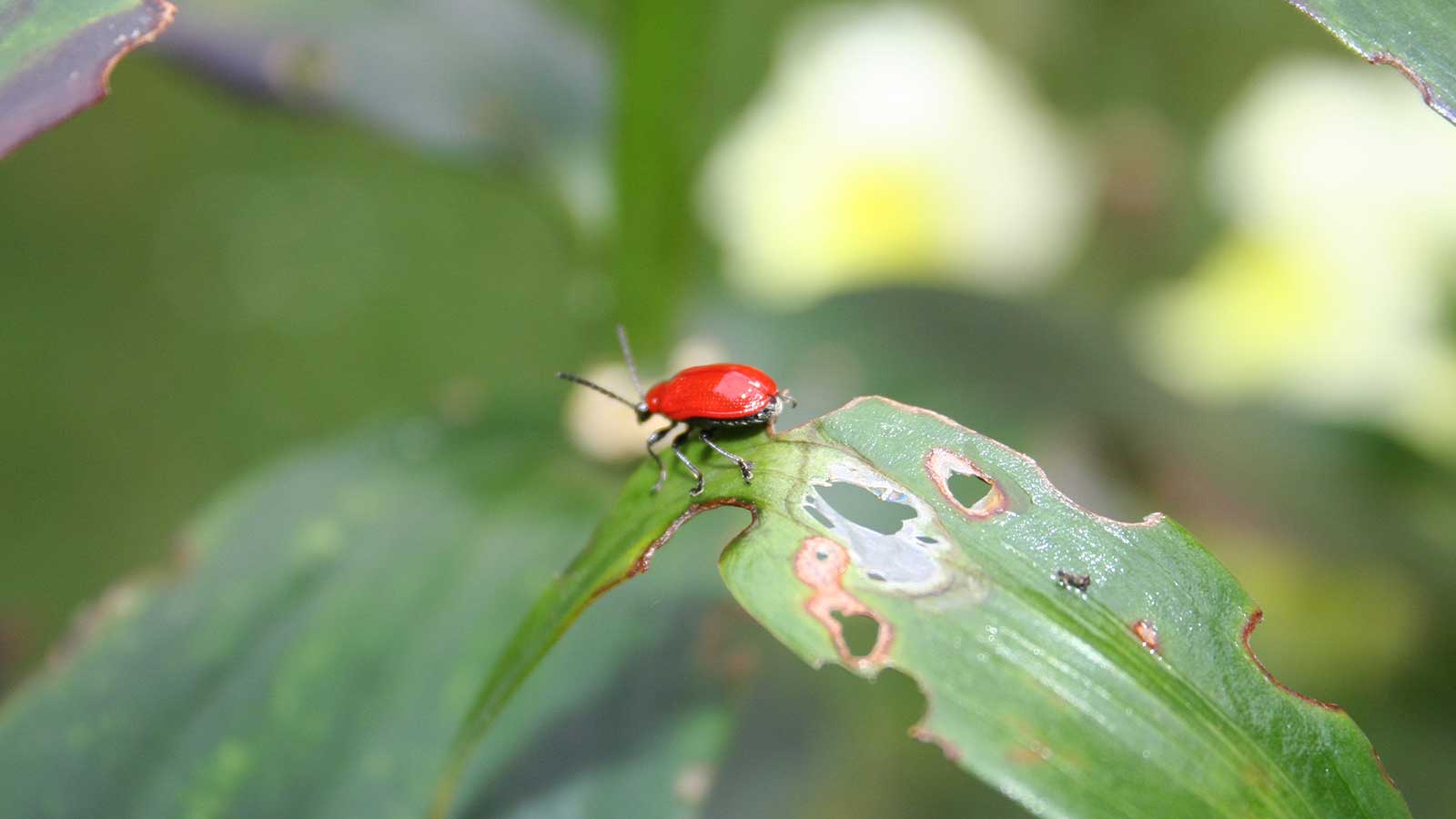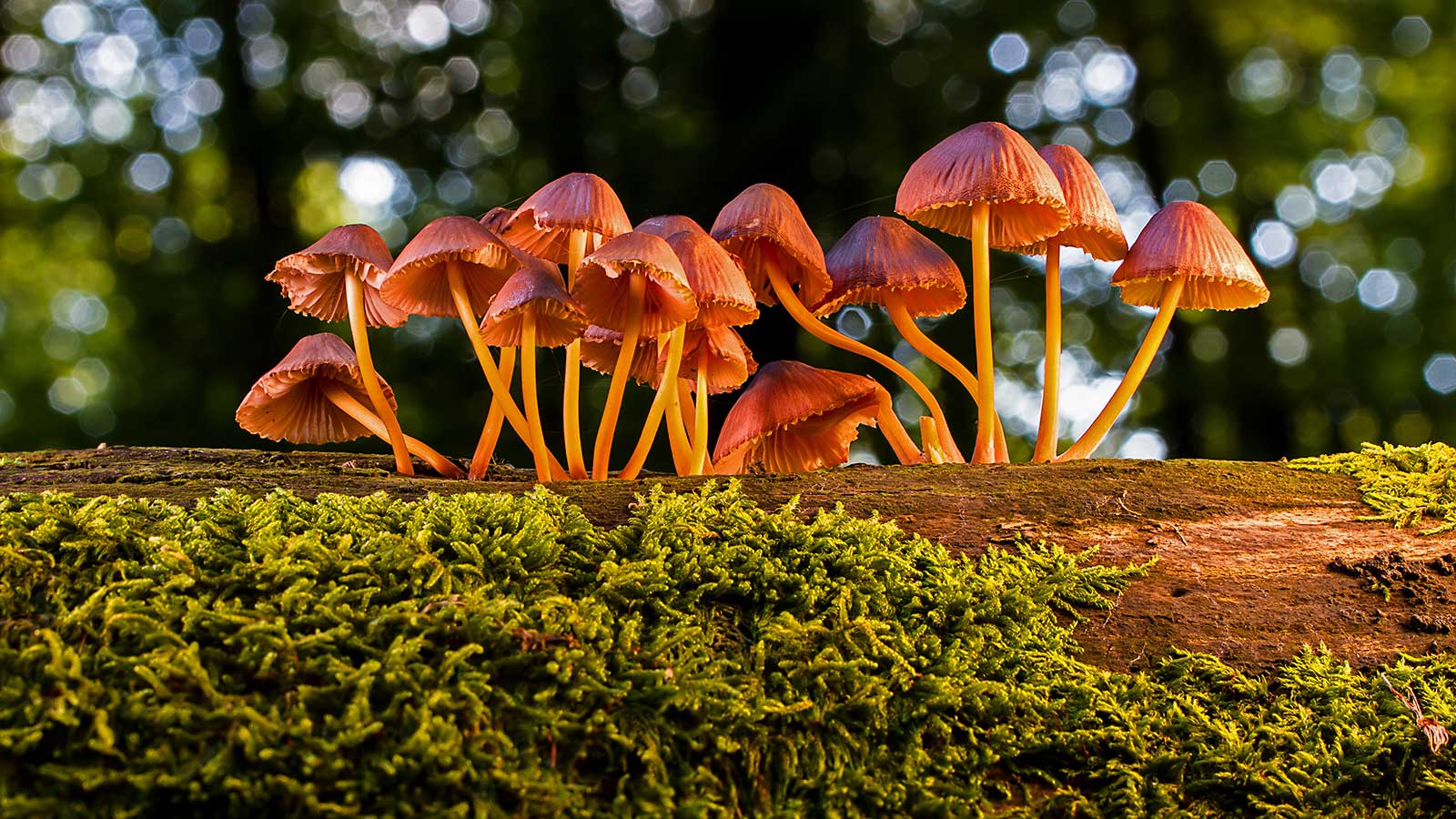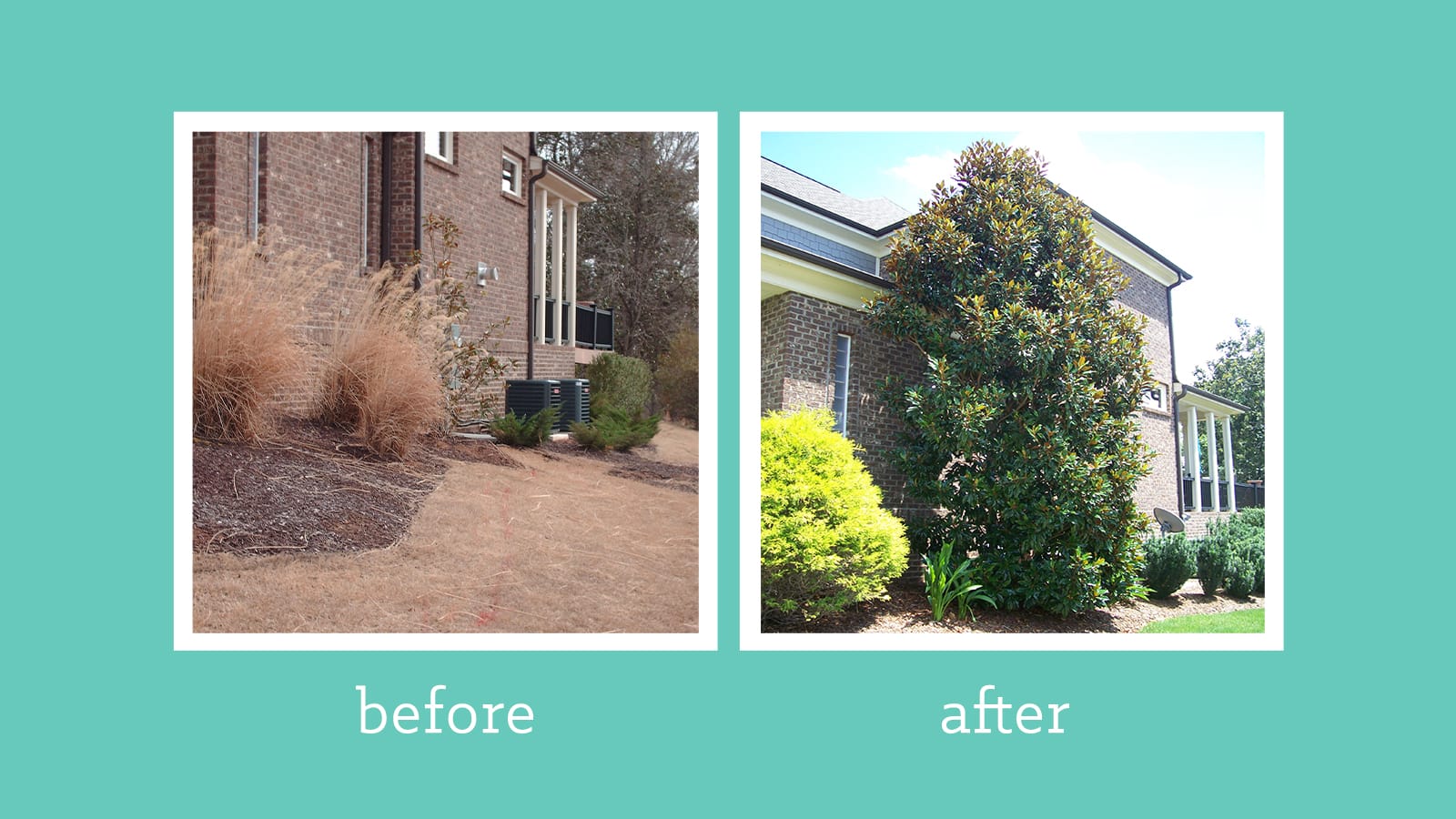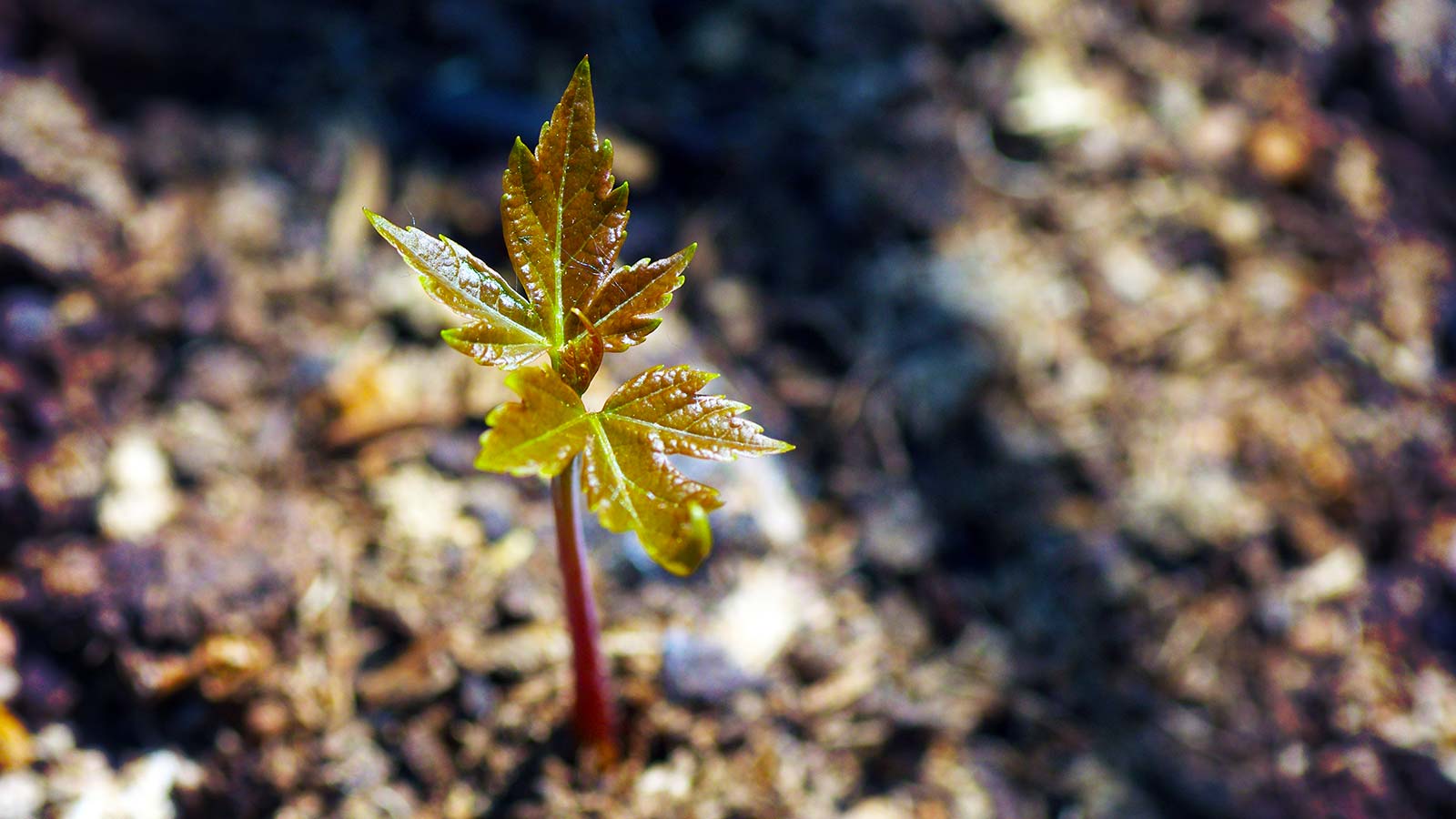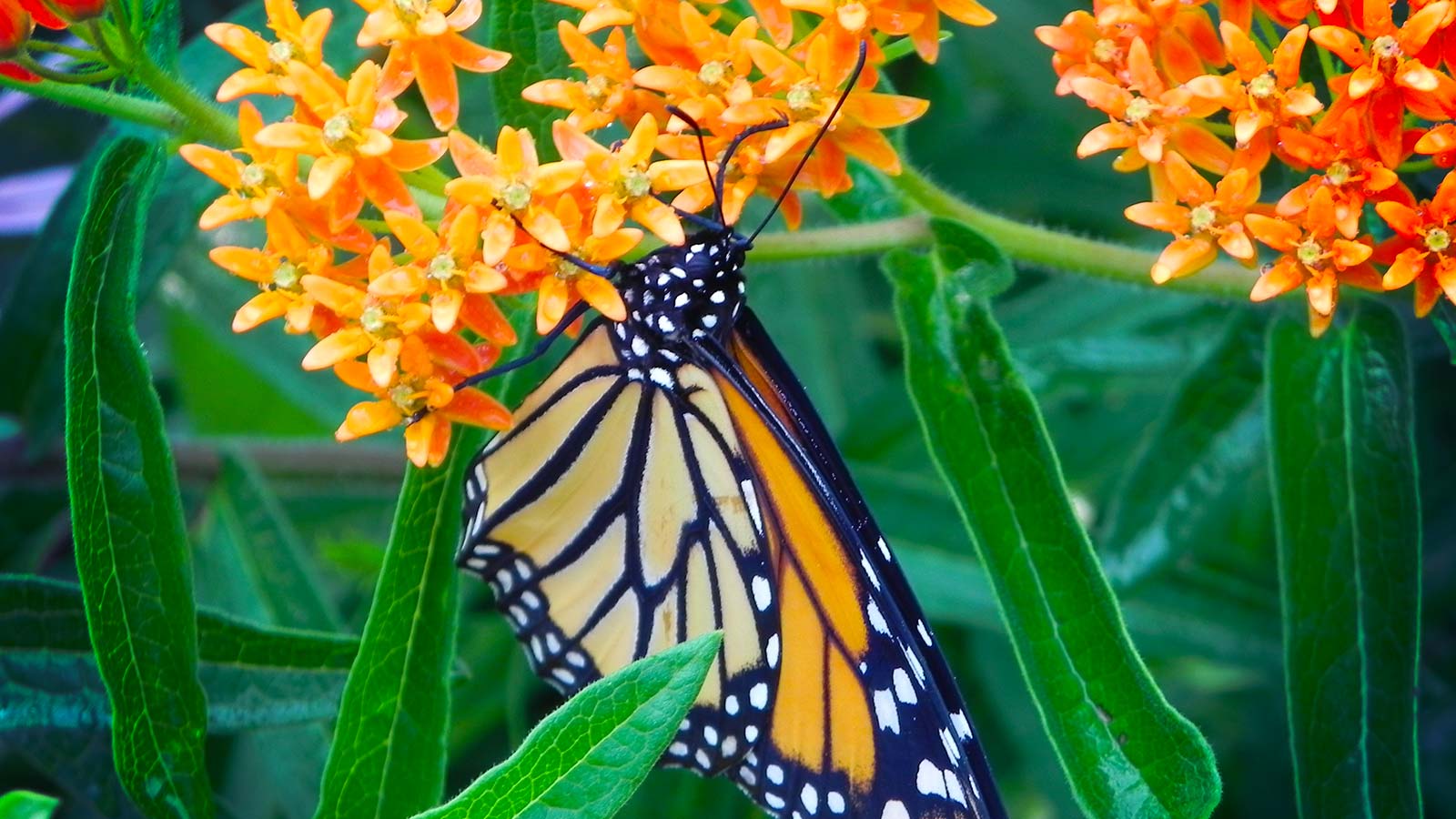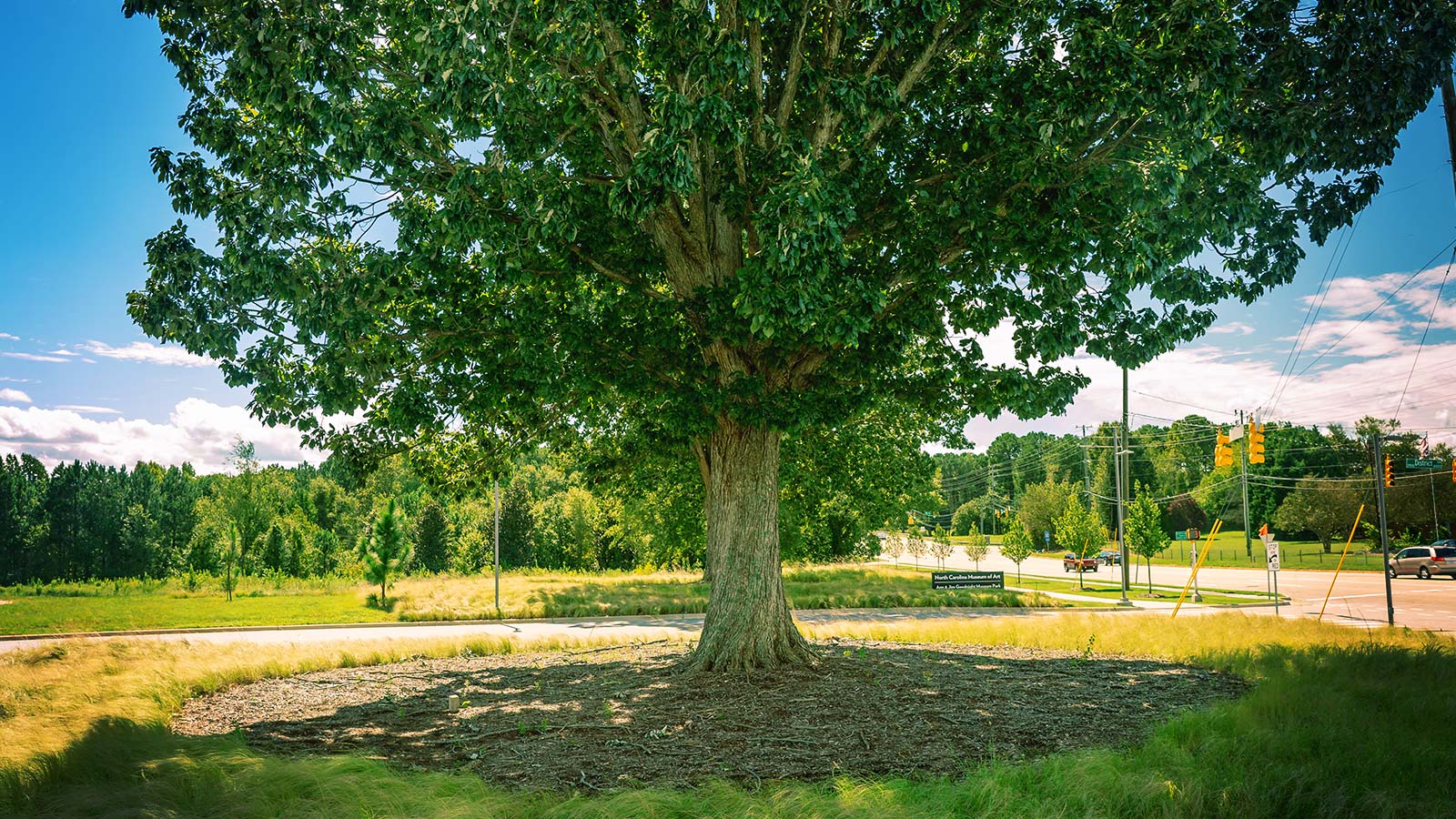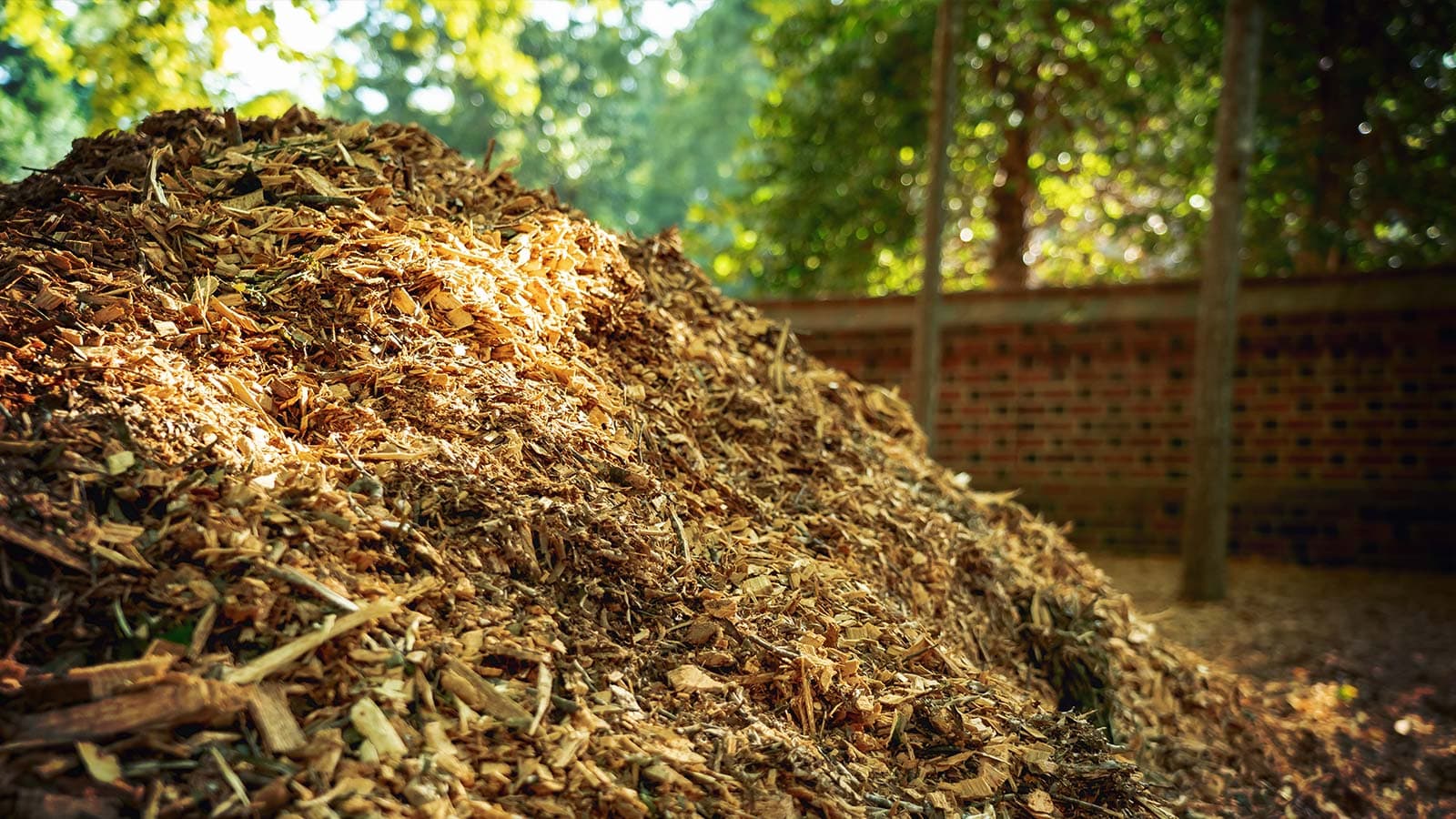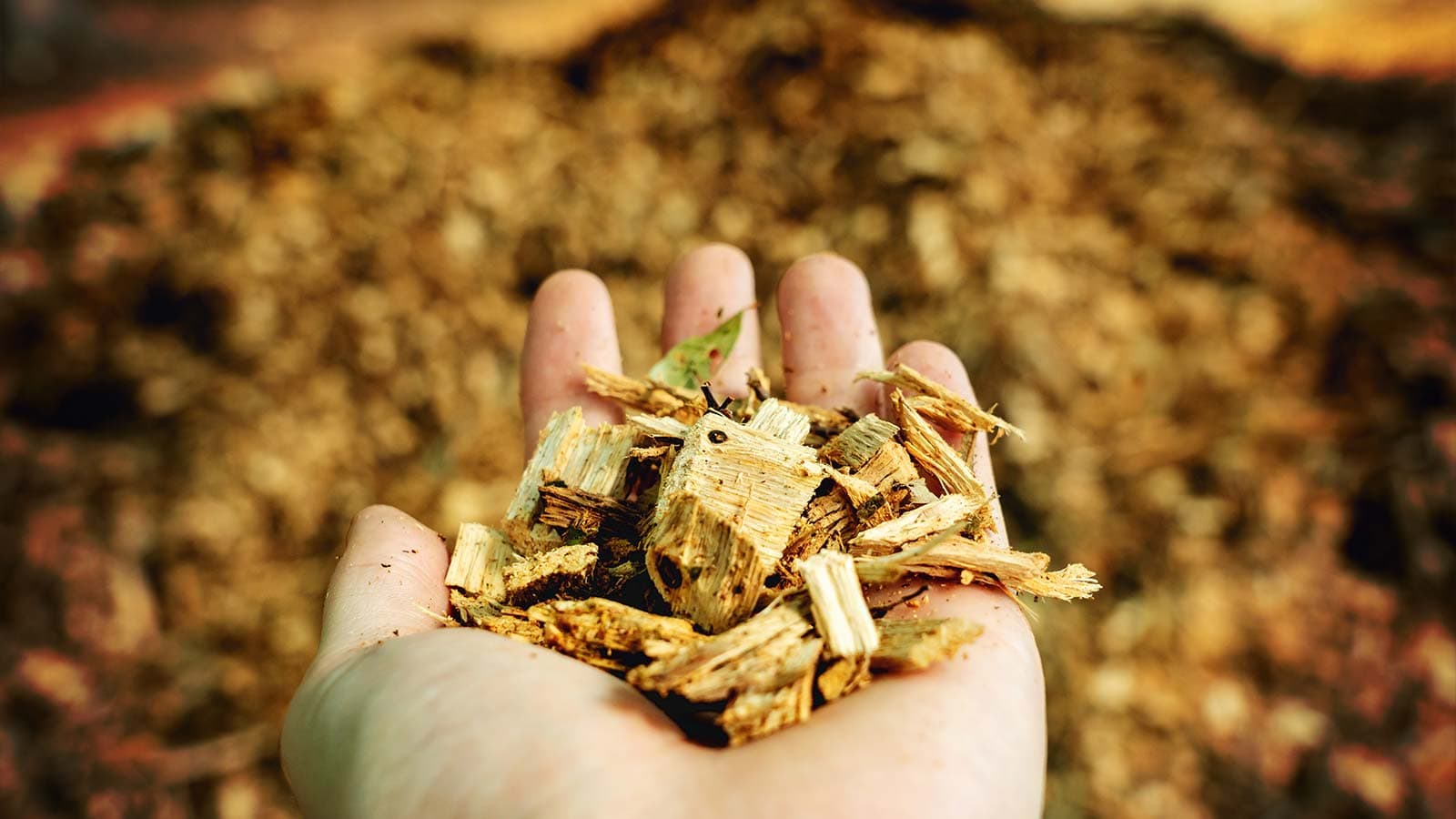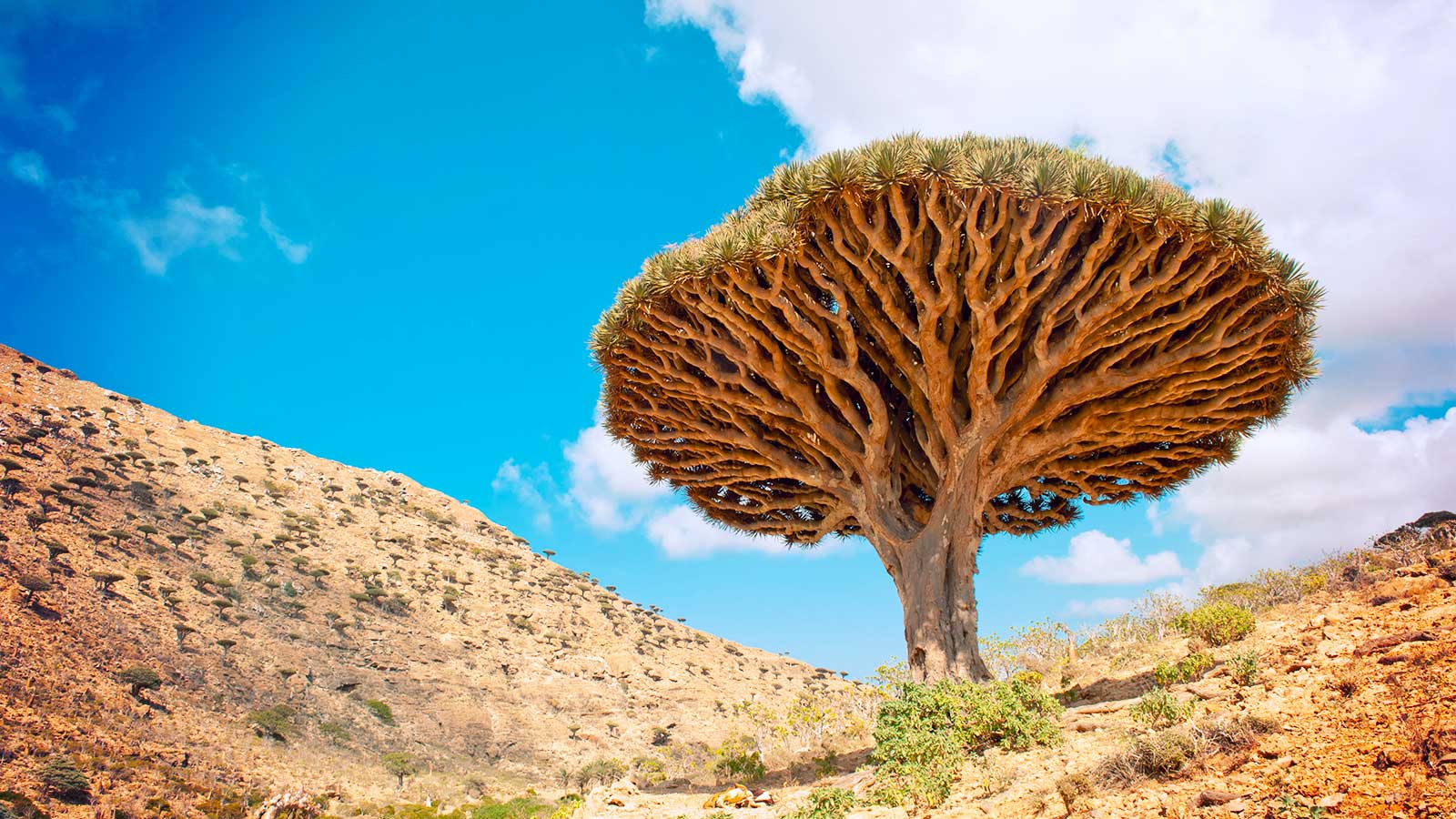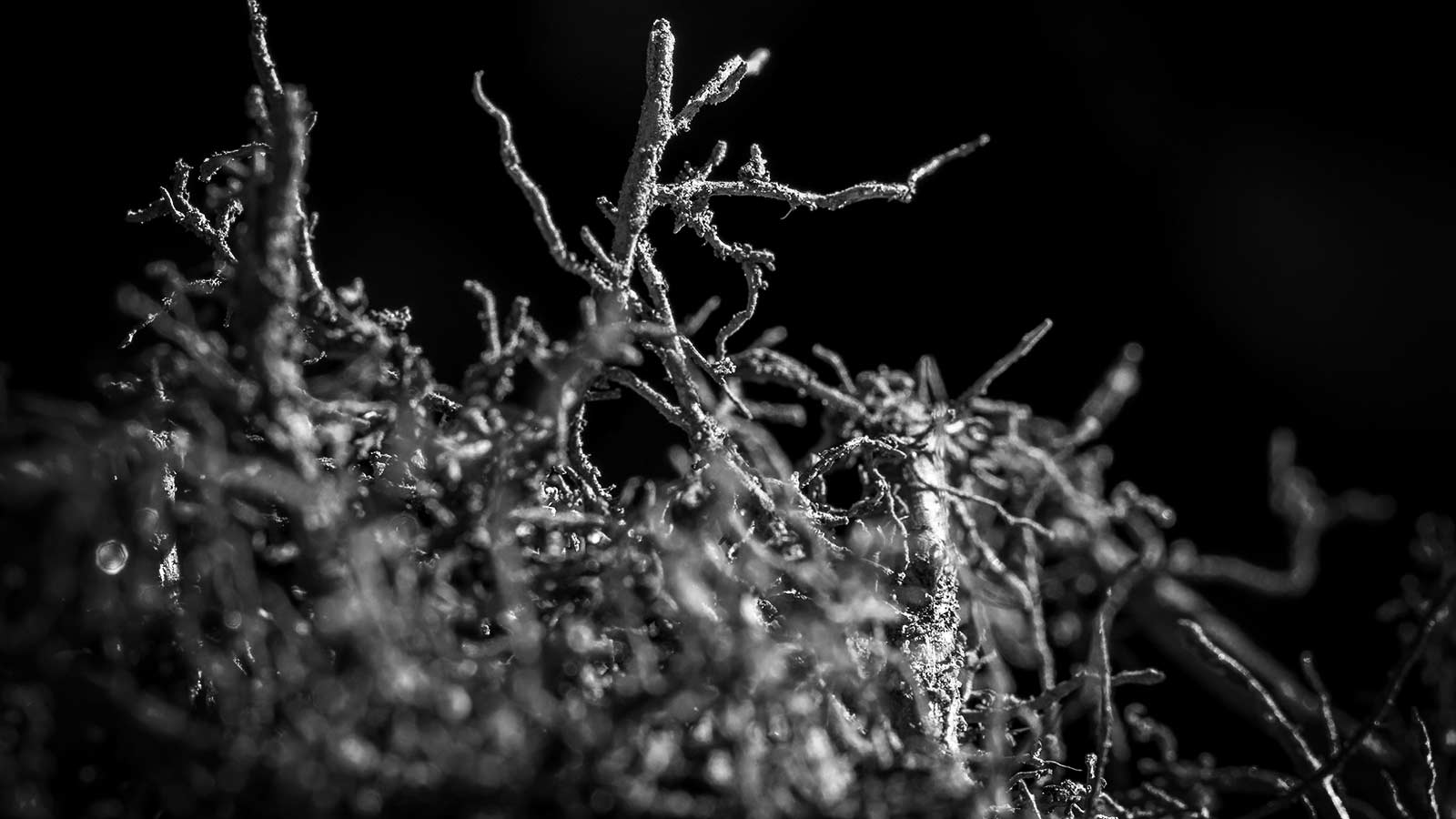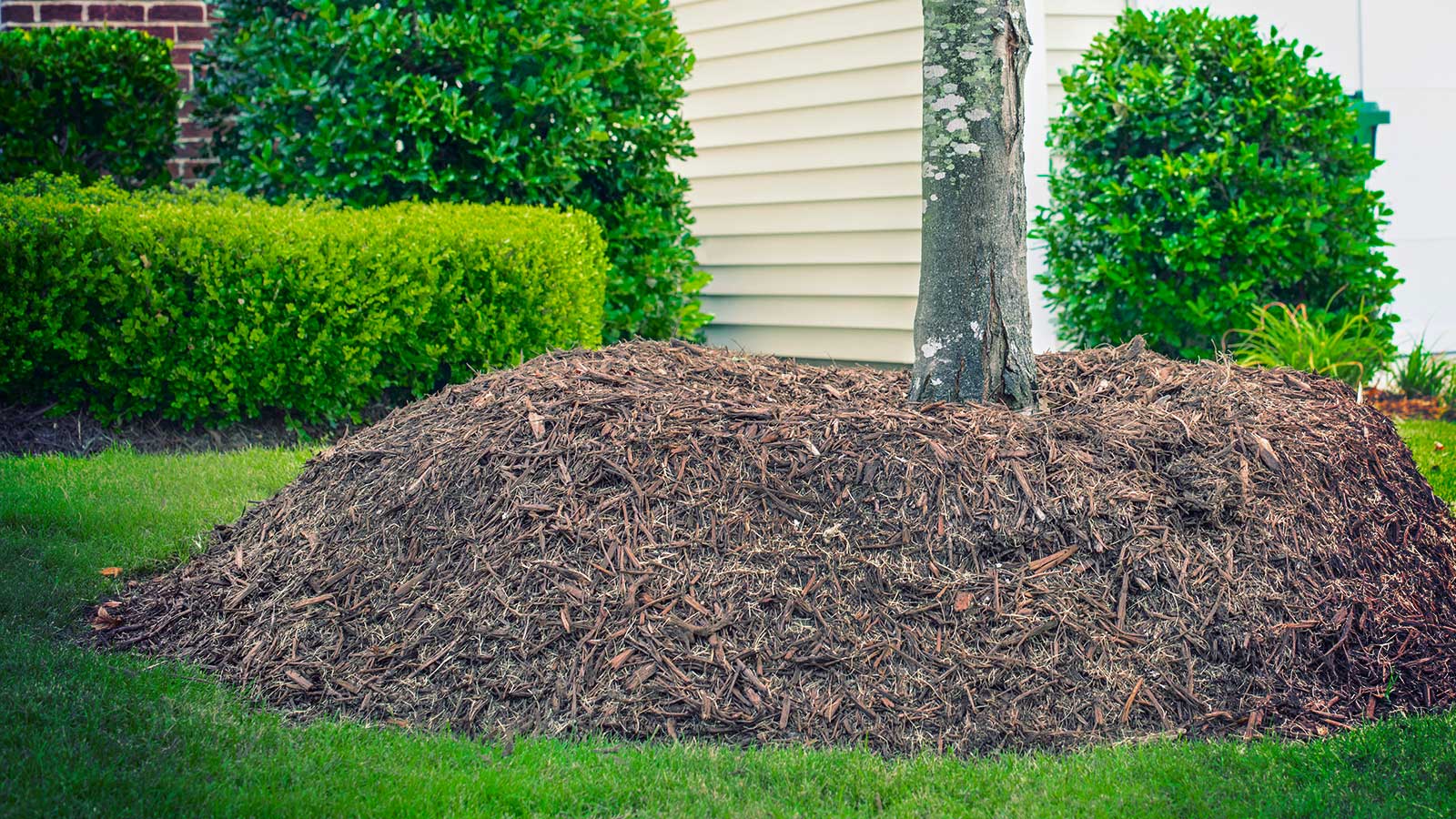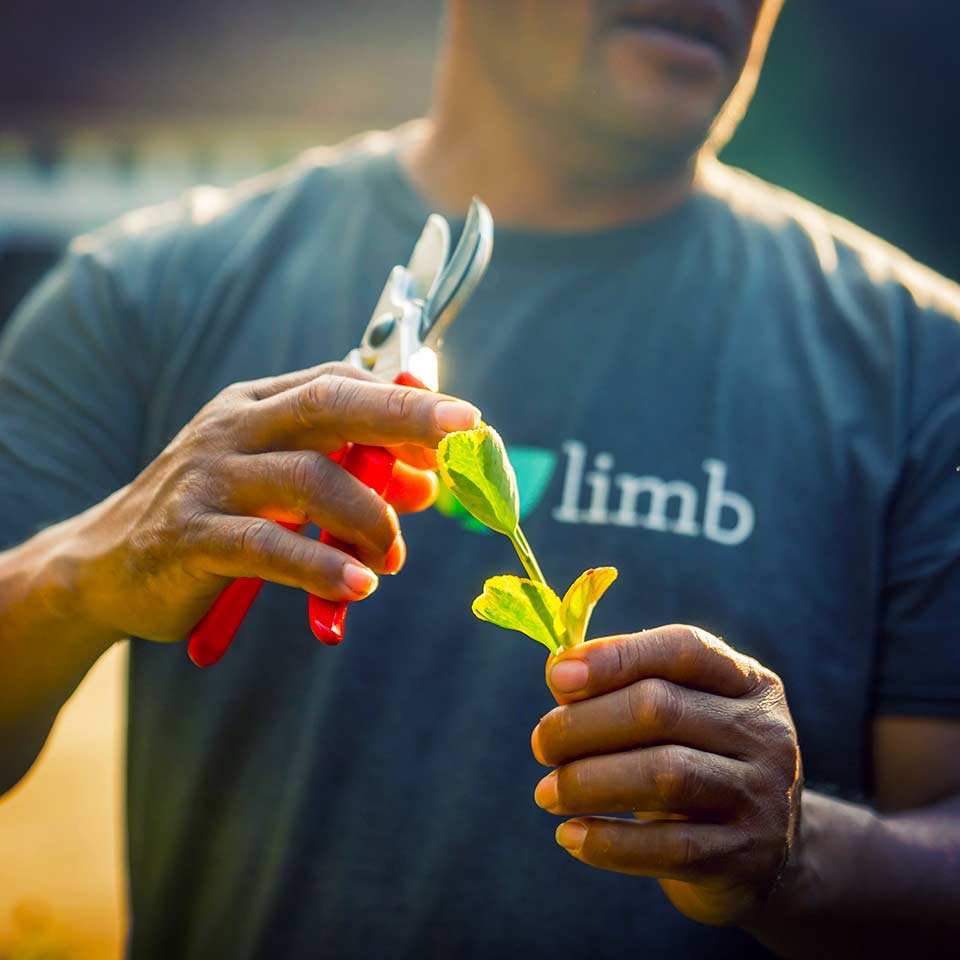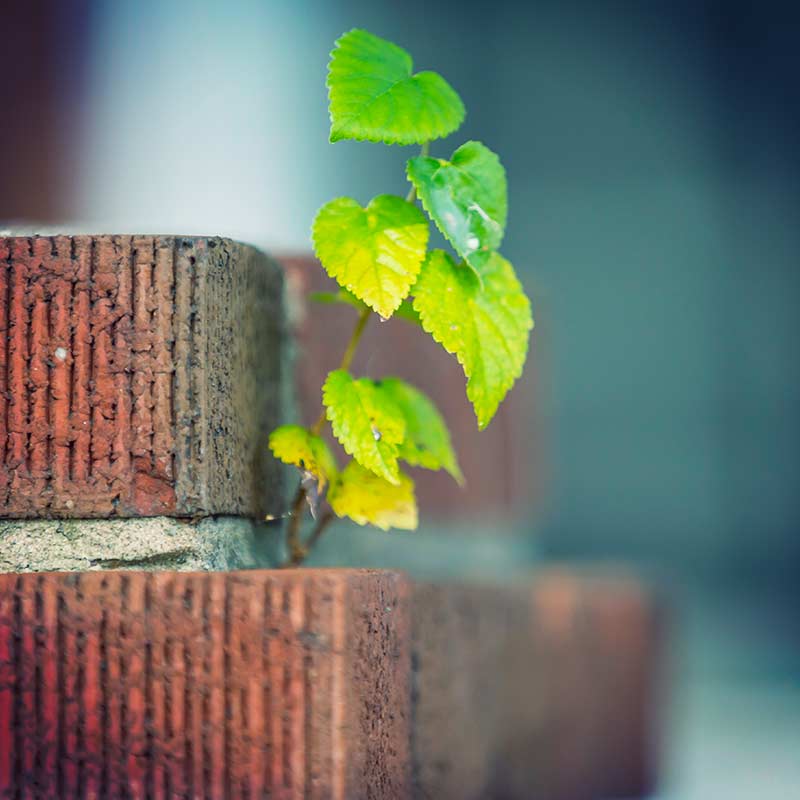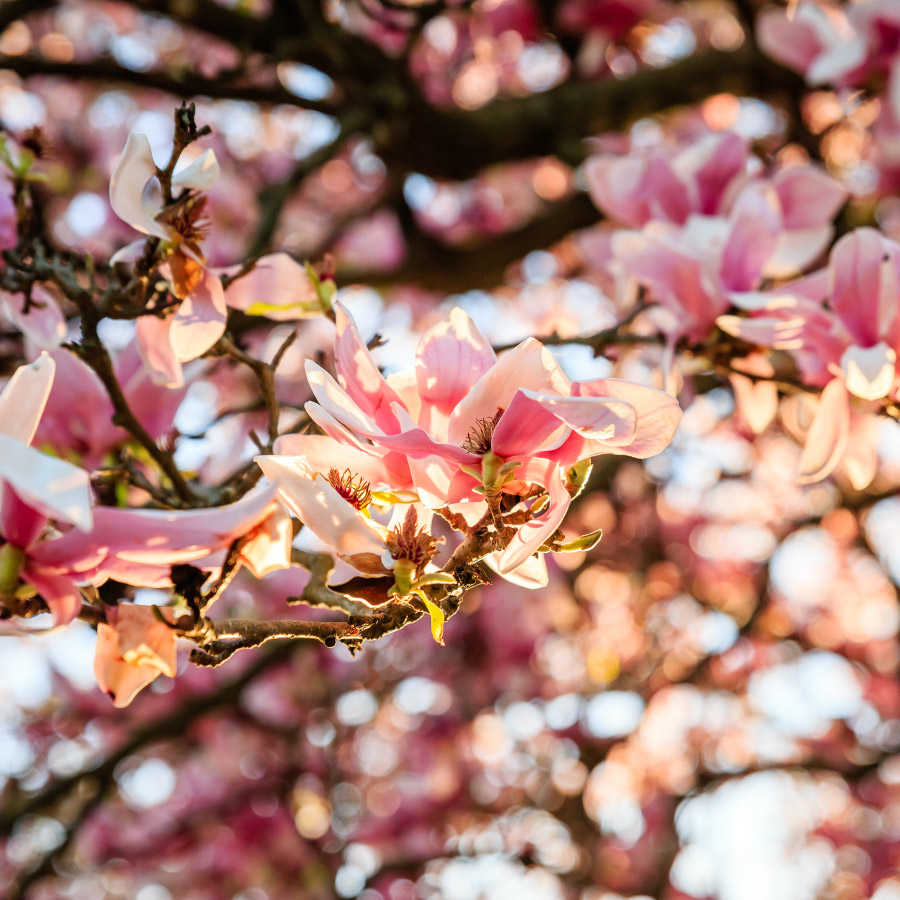Think Your Tree is Dead? Look a Little Closer
7 Common Ways Trees Play Dead (But are Actually Still Alive)

Mother nature is highly skilled at the arts of camouflage and deception. A number of signs could indicate a tree is dead or dying, but any one of those signs ALONE might not mean a tree is actually dead.
Here is a list of instances when a tree is just playing possum:

The Yellow-bellied Sapsucker and black bark
These woodpeckers are particularly fond of maple and holly trees. They make holes around the circumference of the tree and let the sap run out. This sap attracts both insects and fungi, the latter of which turns the bark black. This discoloration can make the tree look like it is dying, but unless the Sapsucker has done severe damage, the tree is likely okay.
To deter the Sapsucker, you can place burlap over the damaged area or shiny objects like CDs or metallic streamers close to the damaged area. They don’t like the reflection and will pick another tree.

Webworms
Webworm nests look like something supernatural has possessed the branches of your tree. Not to be confused with Eastern Tent Caterpillar nests, which are closer to the trunk, these silken masses are mostly harmless and don’t mean that a tree is dead.
You don’t have to remove them, but if you find them unsightly, use a long-handled rake to pull them down.

Oozing bark
Bark that is seeping can sometimes indicate disease and decay, but in the case of bacterial slime flux, the ooze is a sign that the tree is defending itself. The dark staining on the outside of the tree is a byproduct of the tree’s natural defense against bacteria that has entered through wet wood.
You don’t need to treat the slime flux. Do, however, take caution to not add additional stress to the tree through pruning or soil compaction. There might also be an underlying health issue that needs to addressed, but that does not mean the tree is dying or needs to be removed.

Southern Bald Cypress
In evergreens, one sign of die-off is when a significant portion of the leaves or needles turns brown at the same time. The Southern Bald Cypress is an exception. These trees turn a brilliant gold in the fall and are one of the few conifers that shed all of their needles in the winter.
There is nothing you should do to treat this tree. Just enjoy the beauty of this unique species.

Fungus on trees
In some cases, mushrooms at the base of a tree can indicate decay, but not every mushroom means the tree is dying. Specific kinds of mushrooms growing further up on the tree might be a sign of isolated decay, but not that the entire tree is dead. An example of this kind of mushroom is the Lion’s Mane mushroom.
You can remove the fruiting bodies of these mushrooms, and if you are a knowledgeable forager, you can even cook them for dinner. However, you can’t completely remove the fungus because it lives in the wood of the tree. Keep an eye on this fungus, though, because too many mushrooms at the base of the trunk can be a sign of a more significant issue.

Interior browning of the Leyland Cypress
As we mentioned above, evergreens usually stay green year-round, but not every single leaf on the plant will stay green at all times. It is common for the interior of a Leyland Cypress to “shade out,” meaning the needles, starting with those on the interior, will turn brown and drop.
This is part of the Leyland Cypress’ natural cycle. However, pay attention to when and how the branches turn brown. If browning happens from the ends of the branches, rather than from the interior, there might be a more serious problem to address. This could also be a sign of drought stress.

Dead branches or hollow trunks
A single dead branch or twig does not mean the entire tree is dead. All large trees will have some dead branches; it’s part of their life cycle. Similarly, a hollow tree trunk does NOT mean that the tree is dead. A tree can still thrive and be sturdy with a hollow center. Think of it like a steel pipe: hollow in the center, but still very strong.
If you are worried about the dead limbs being a potential hazard, you can prune them during the dormant season. However, if a tree has multiple large, dead branches, then something could be wrong with your tree.
All of these examples might look scary, but they don’t mean that your tree is dying. This is another excellent reason to pay close attention to your trees and shrubs when they are healthy. If you establish a baseline for your plants’ health, you’ll recognize problems much earlier.
Feeling stumped? Think your tree might be playing possum? We’re always happy to provide you with a free consultation or answer your questions, just send us a message.


